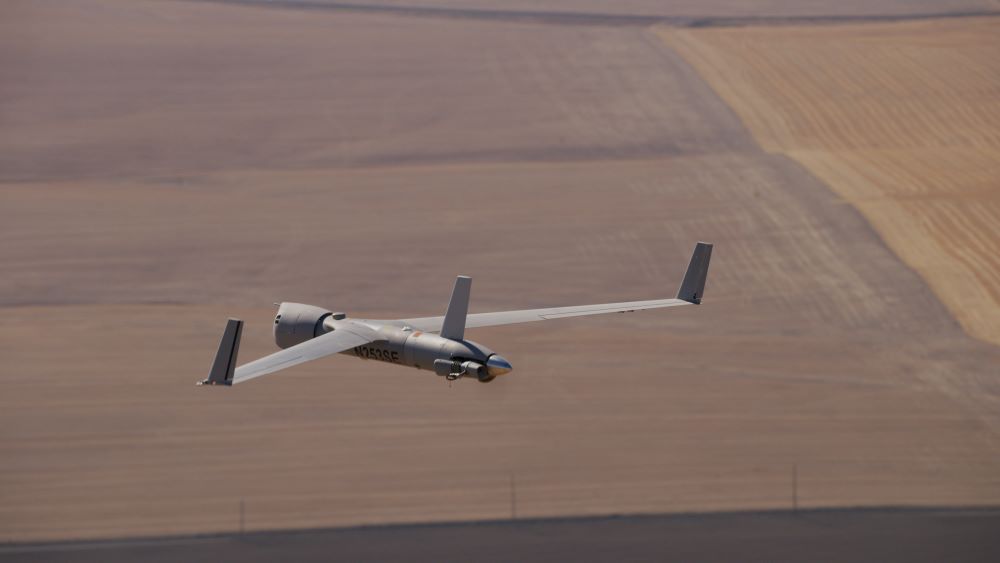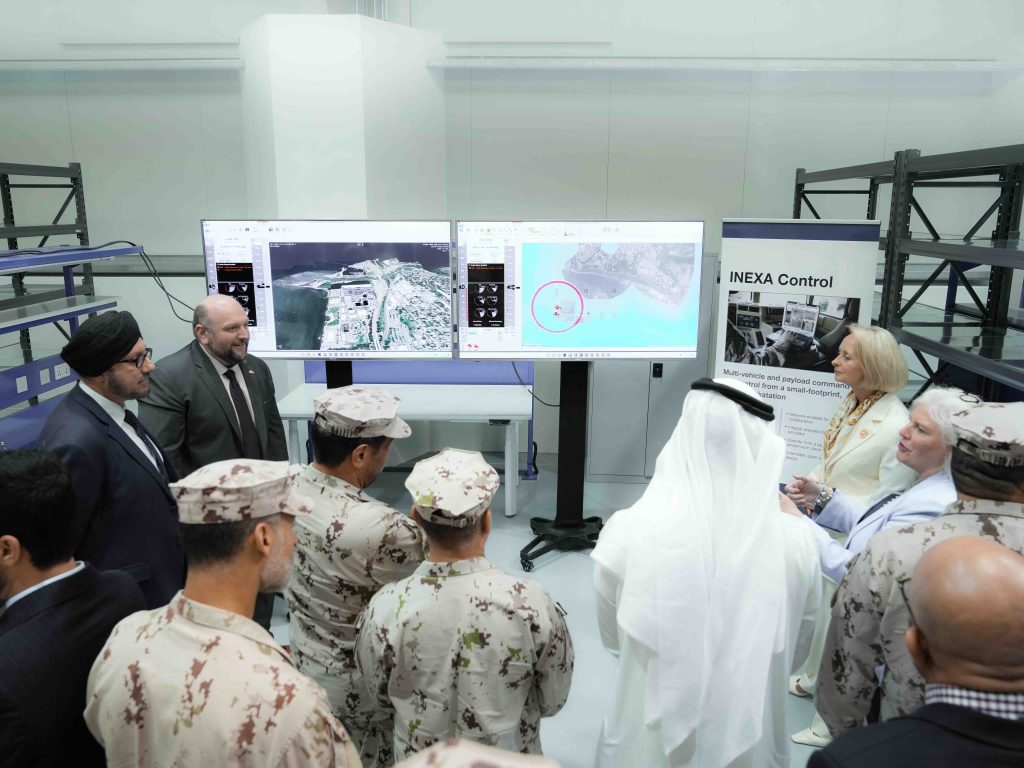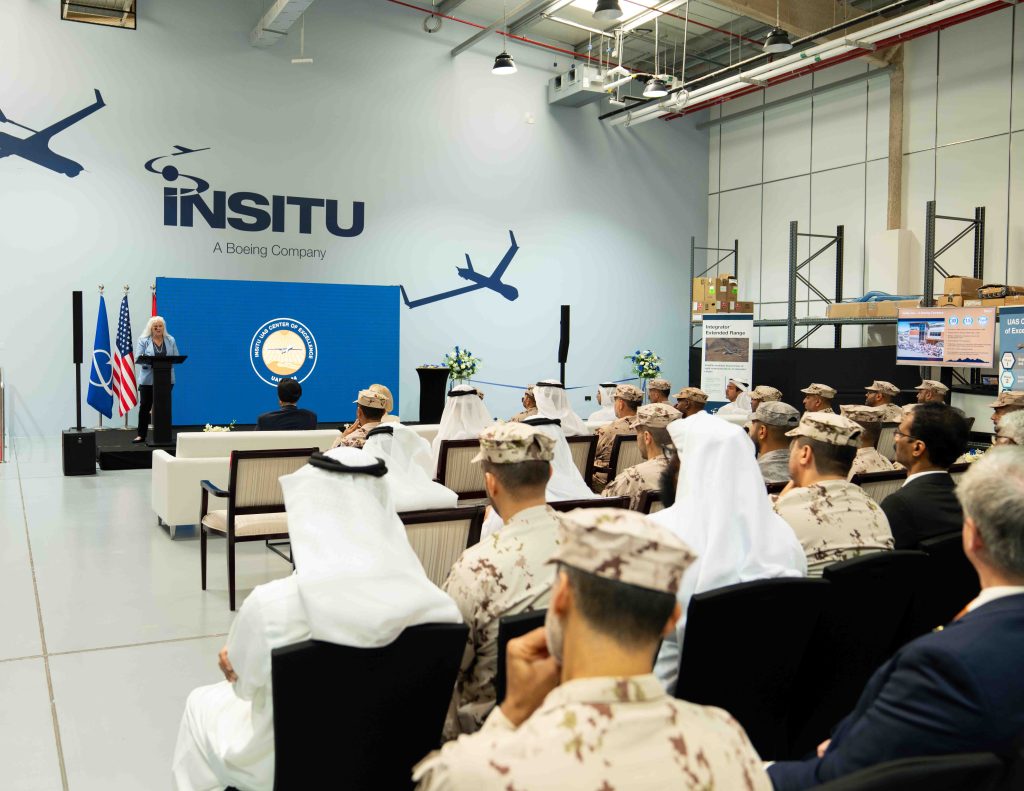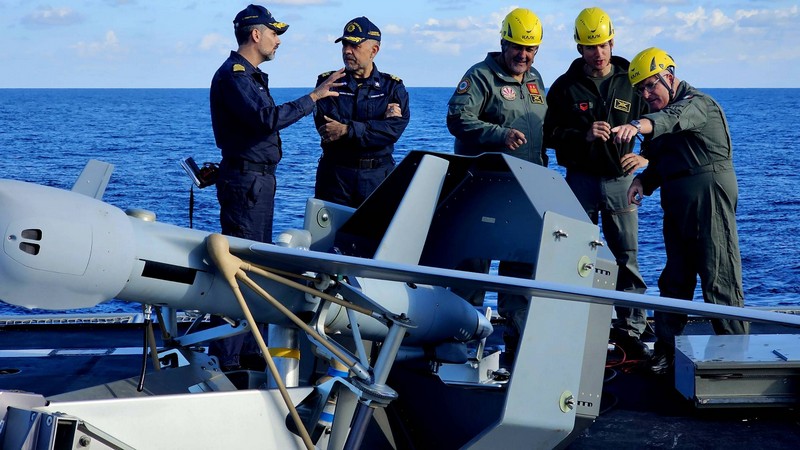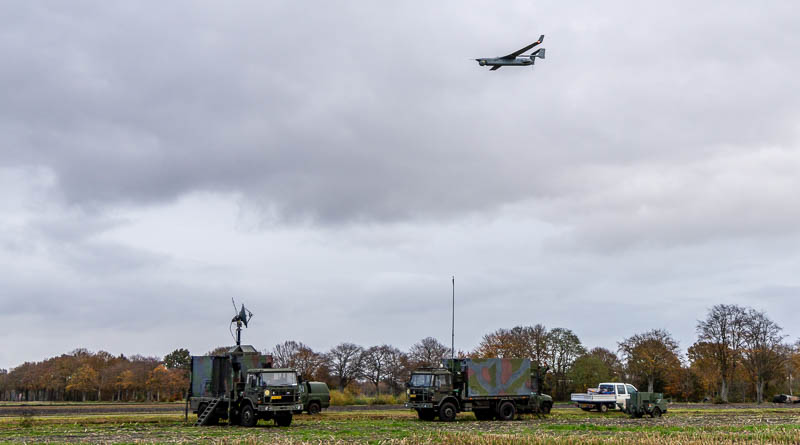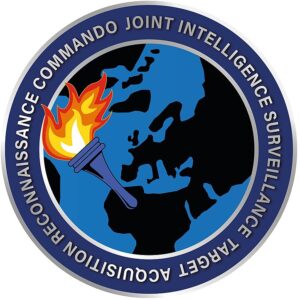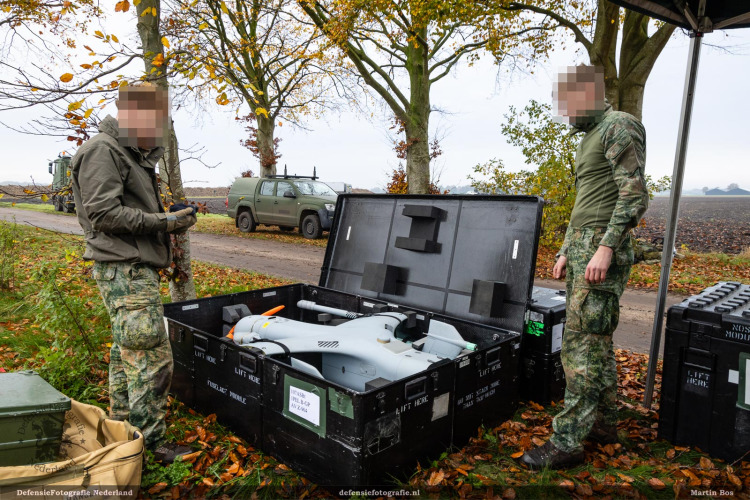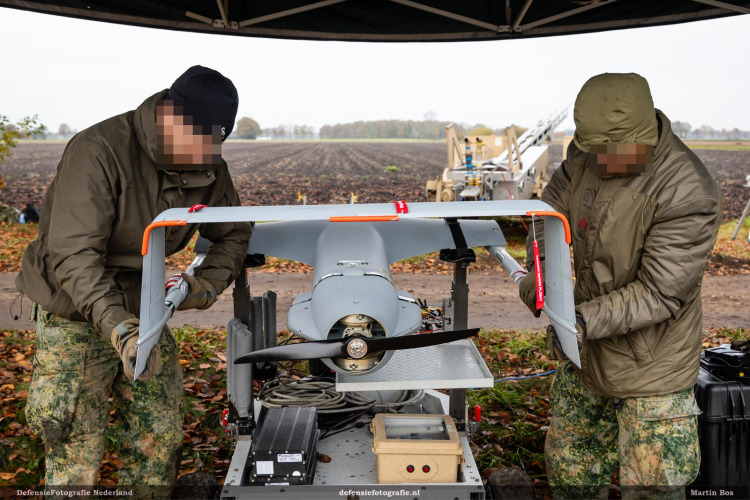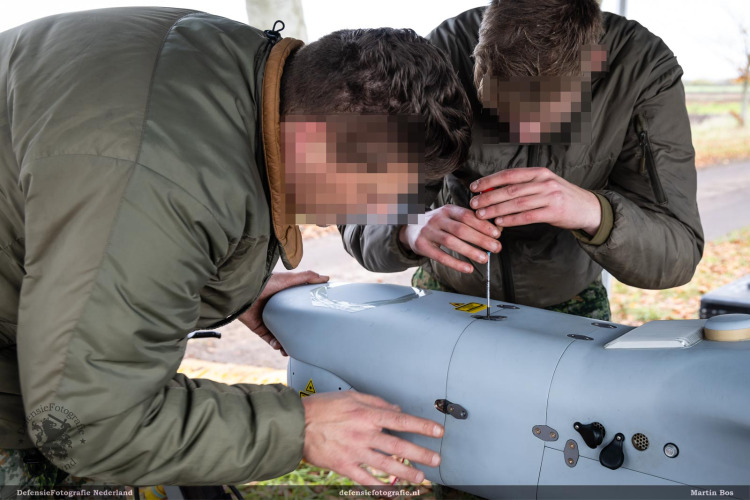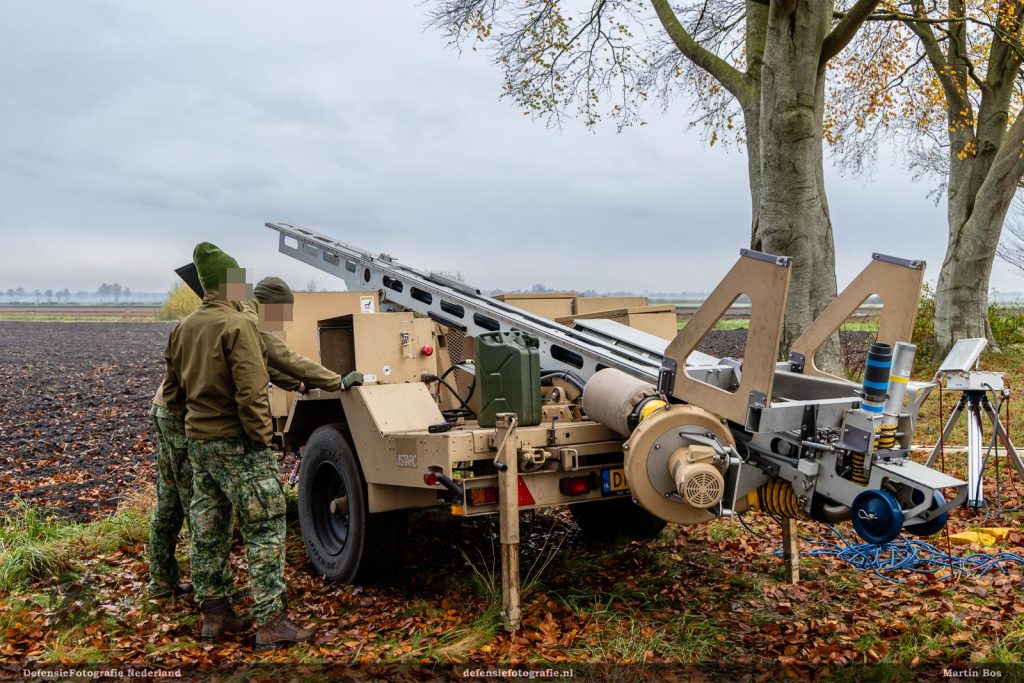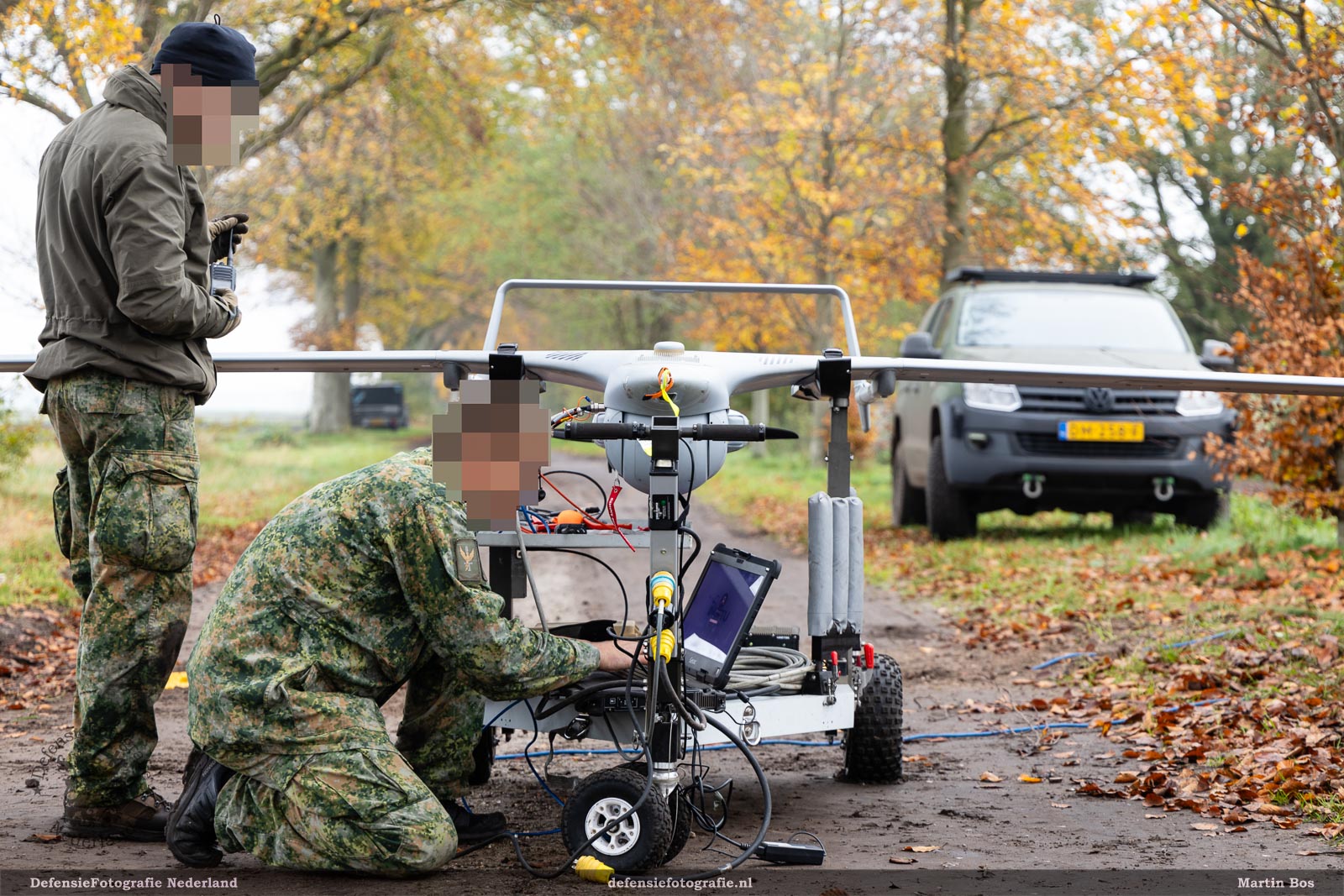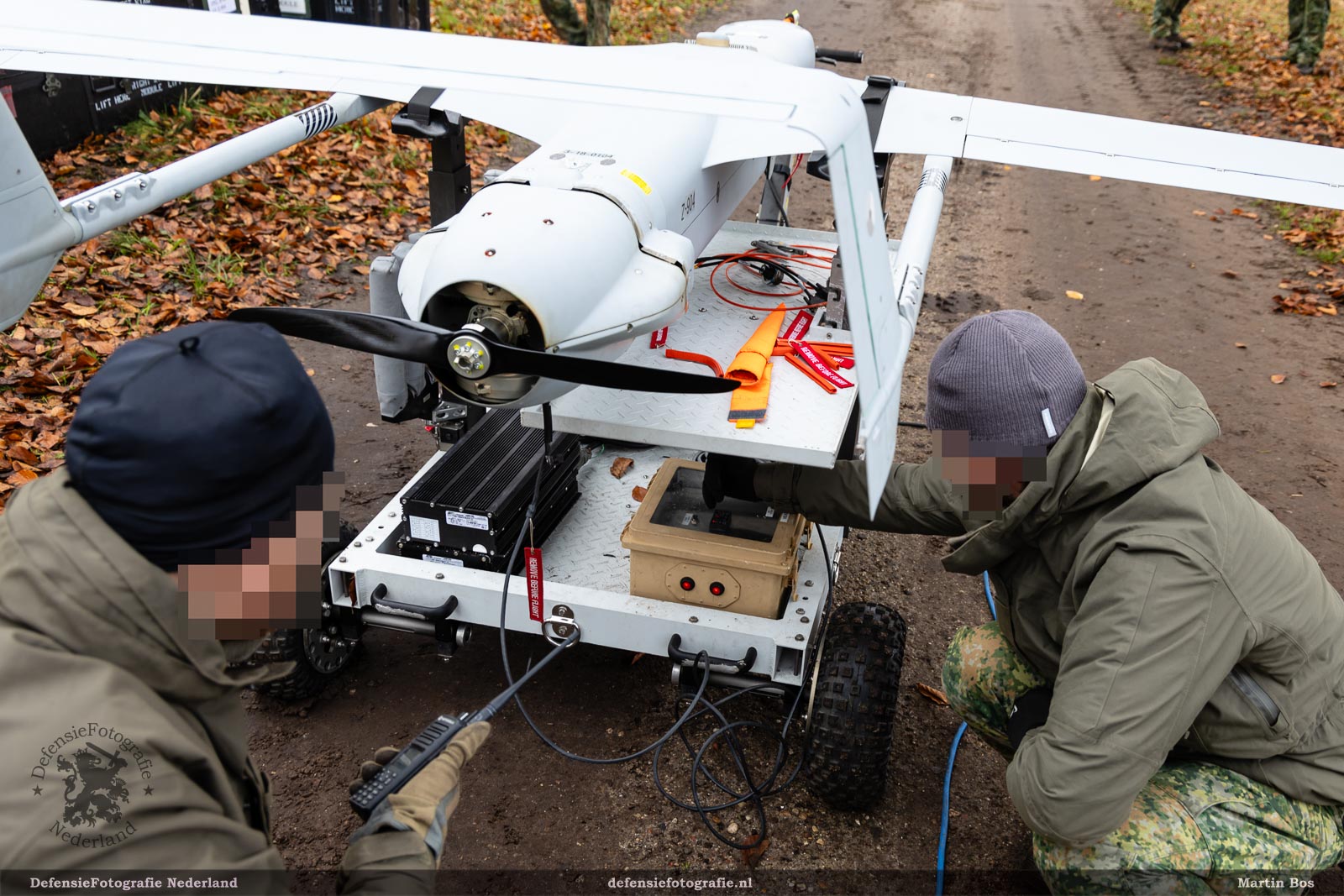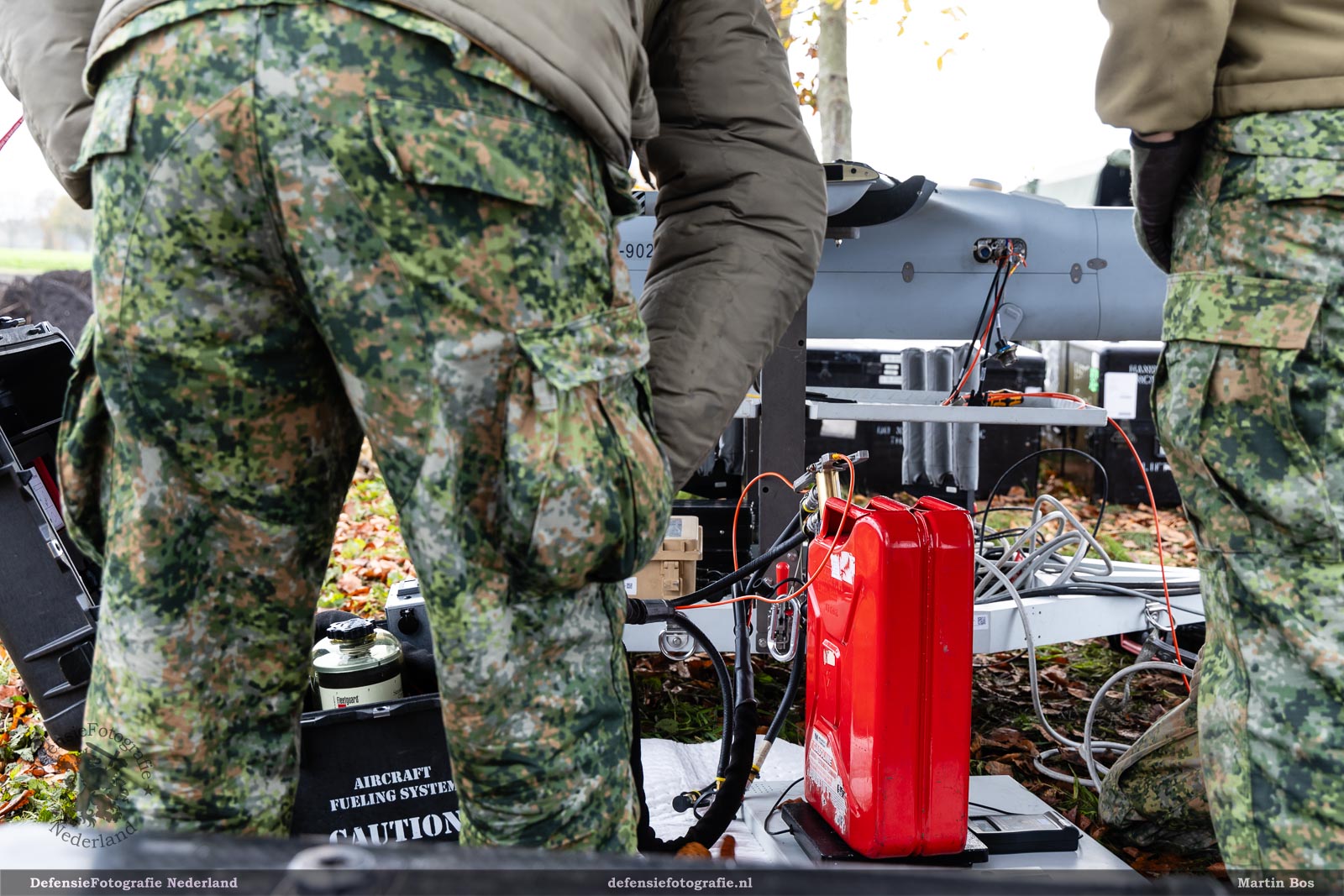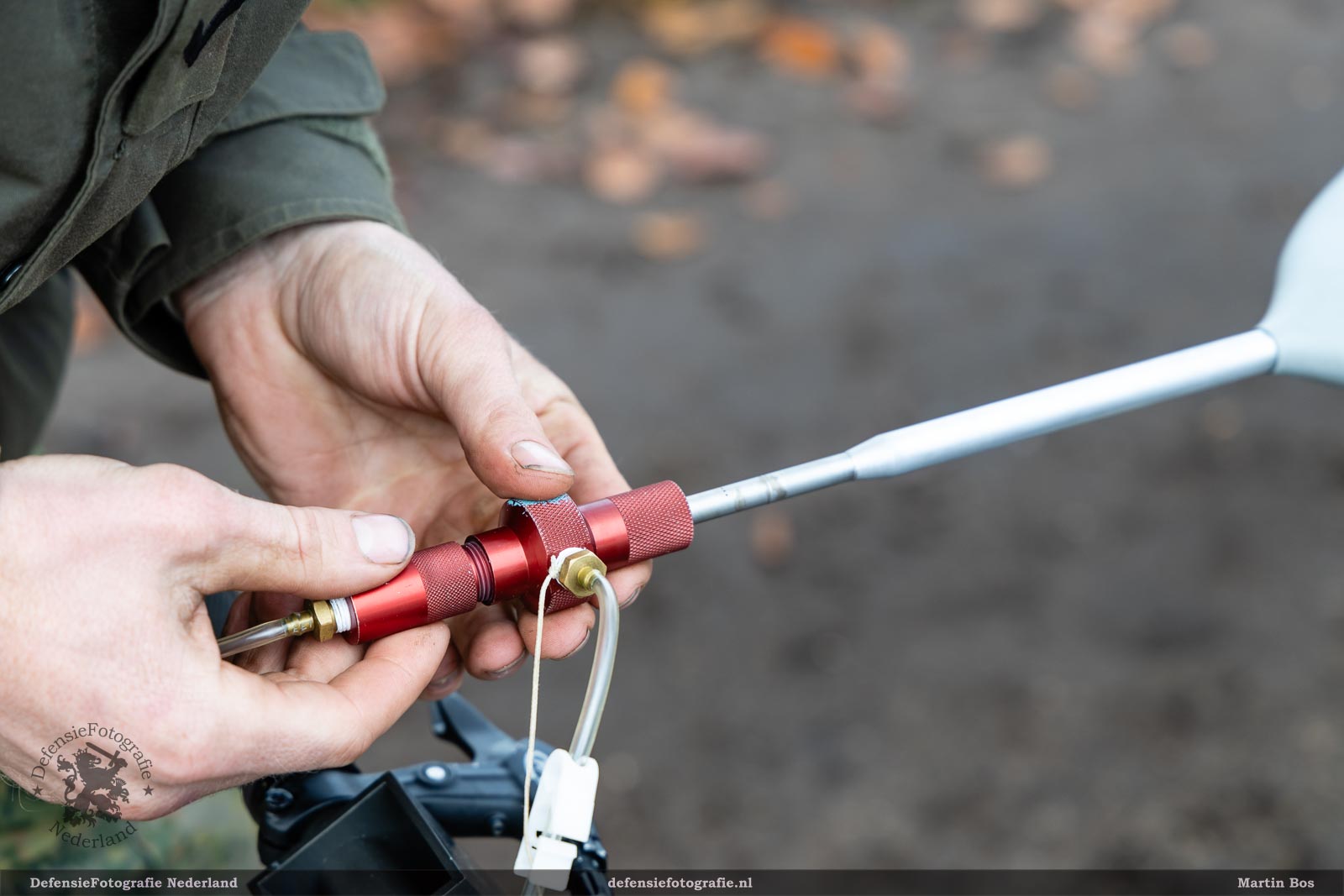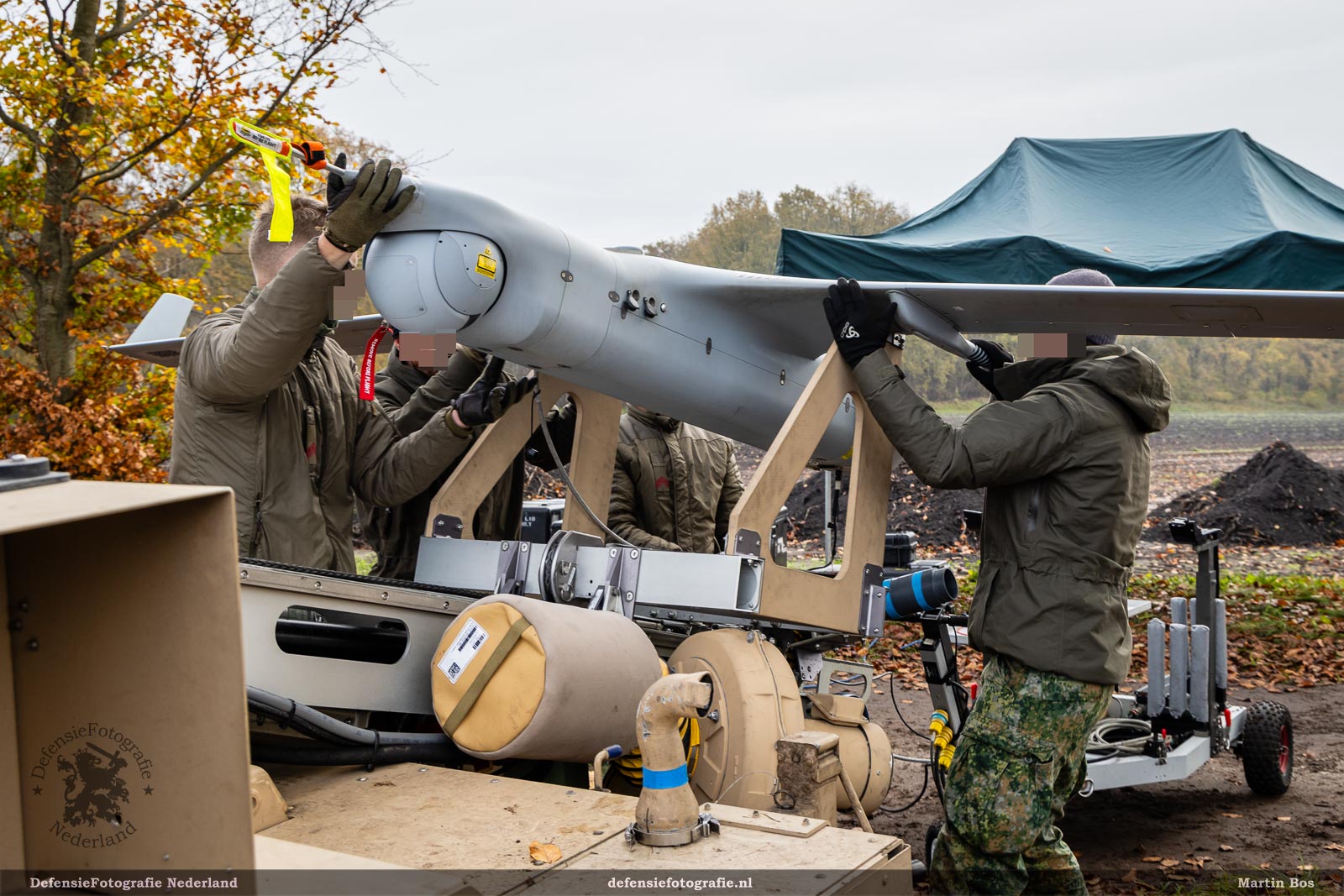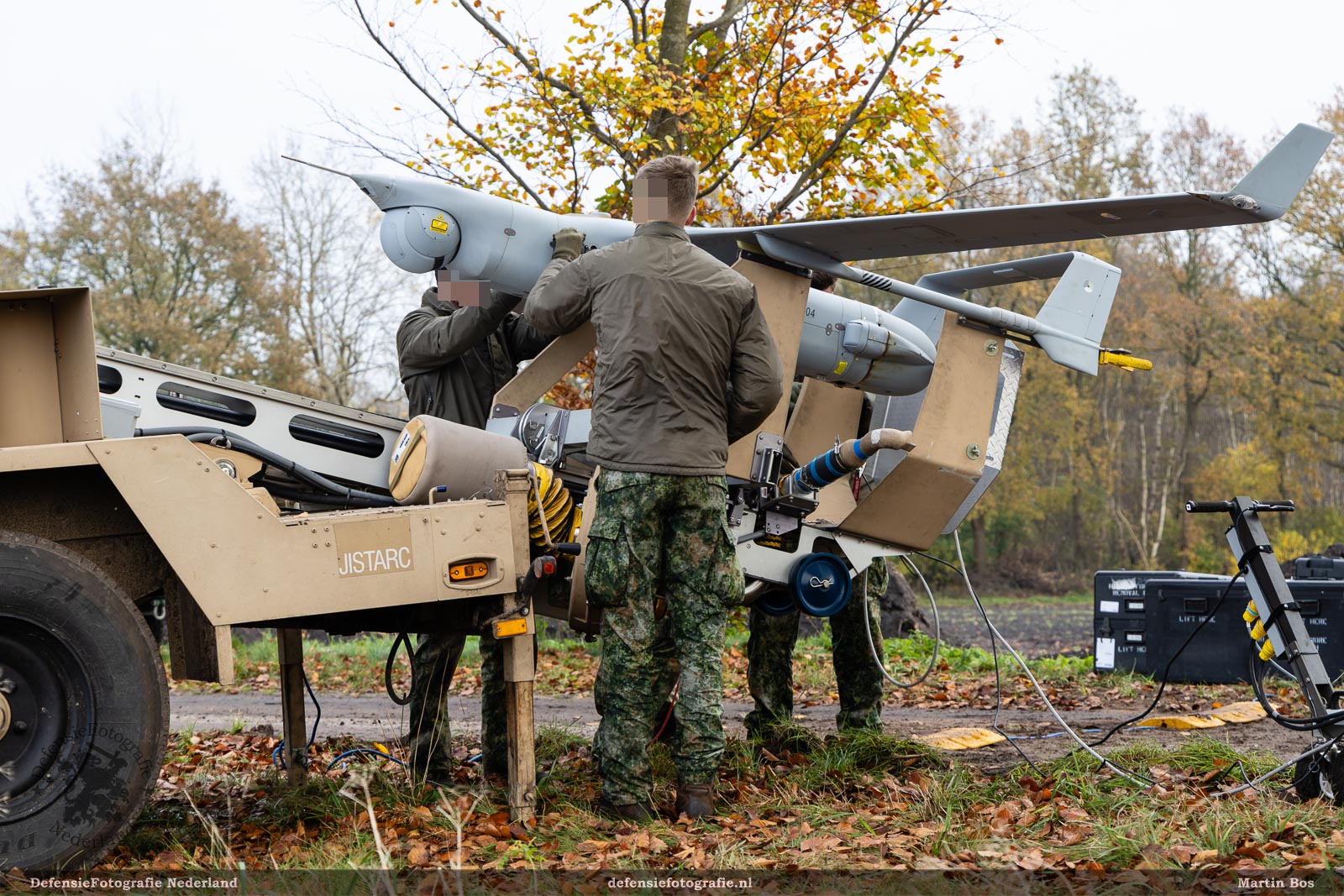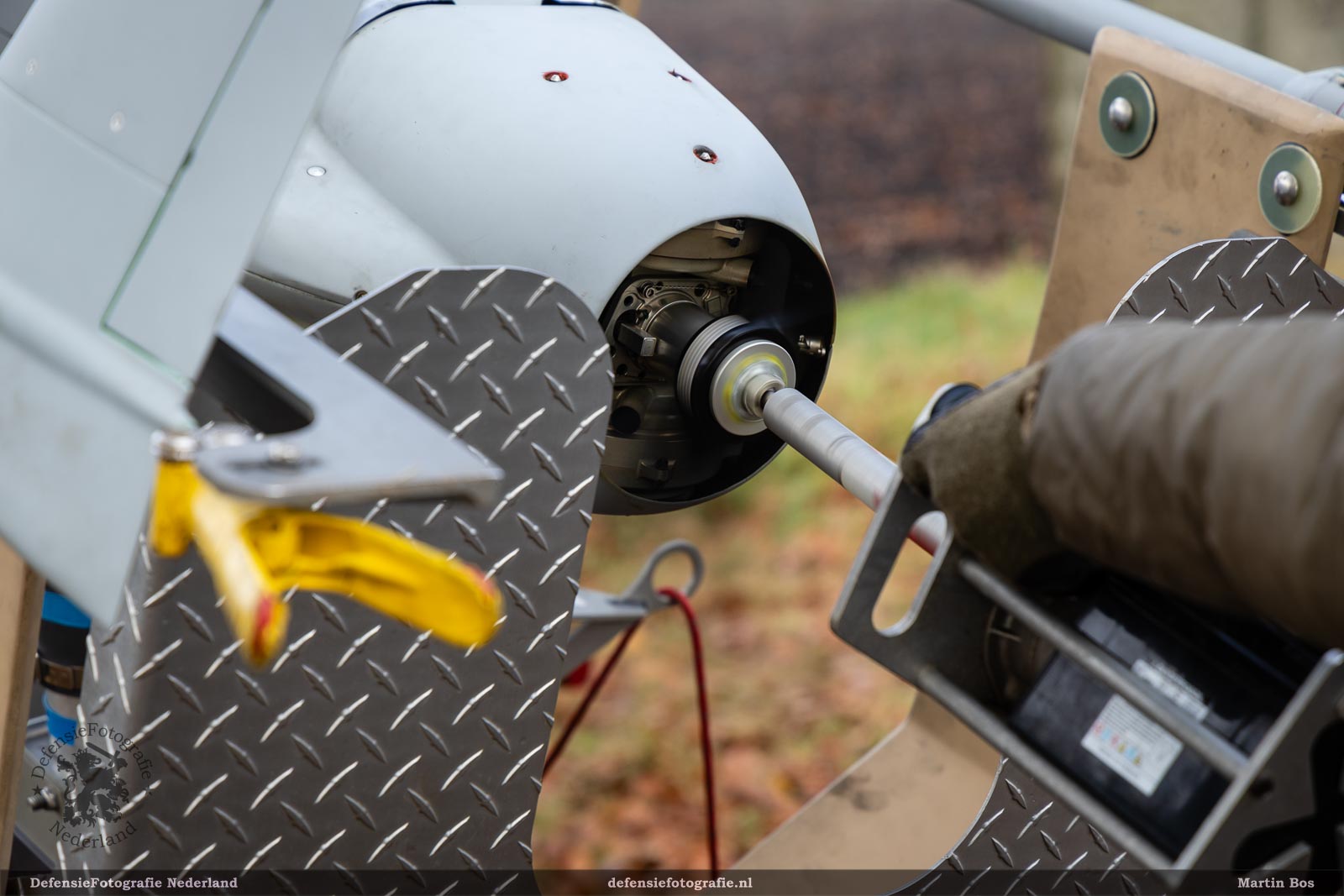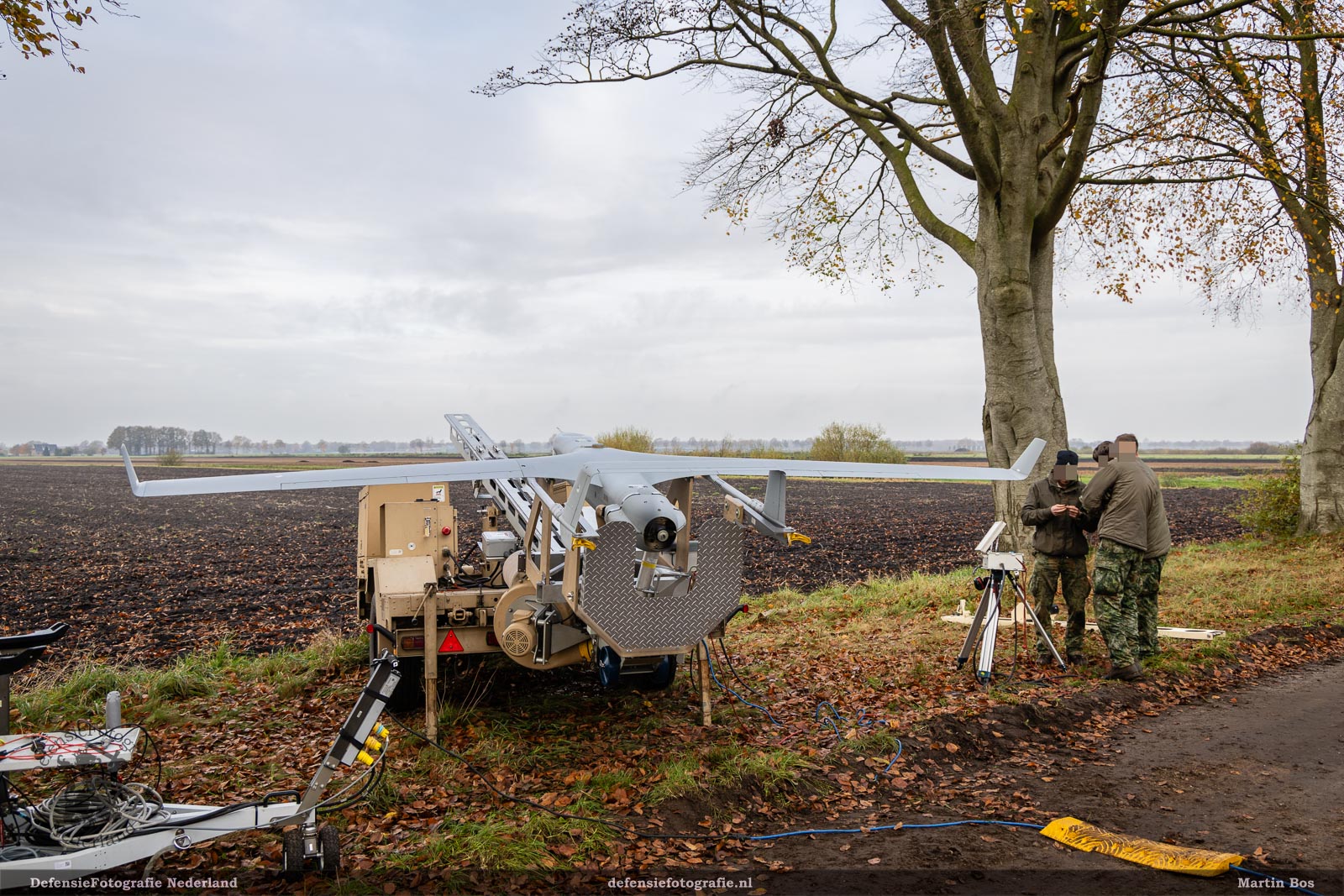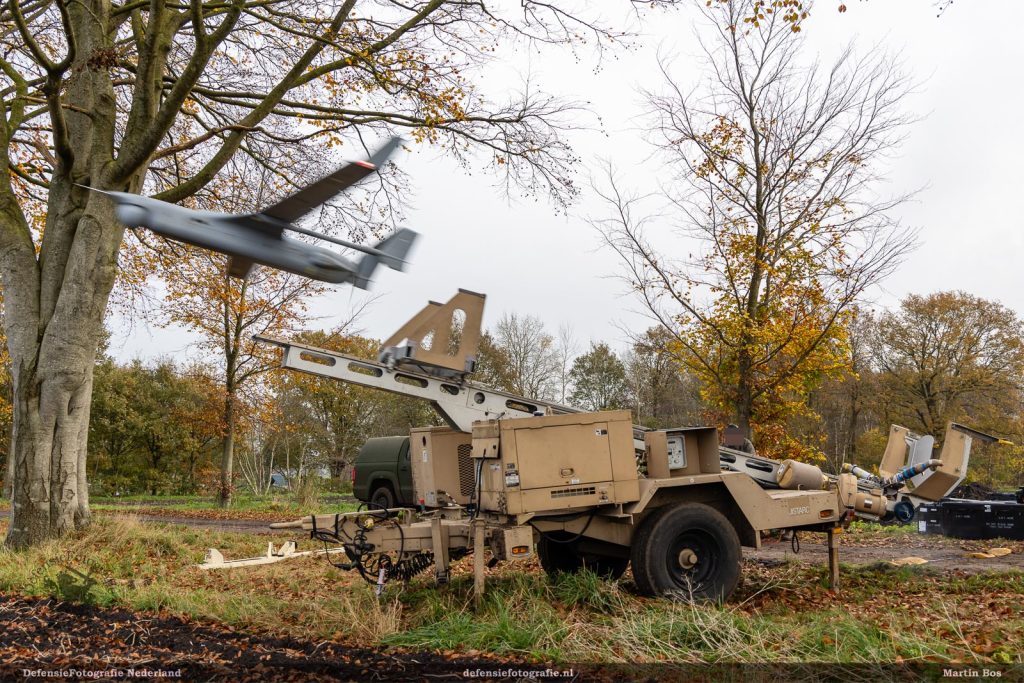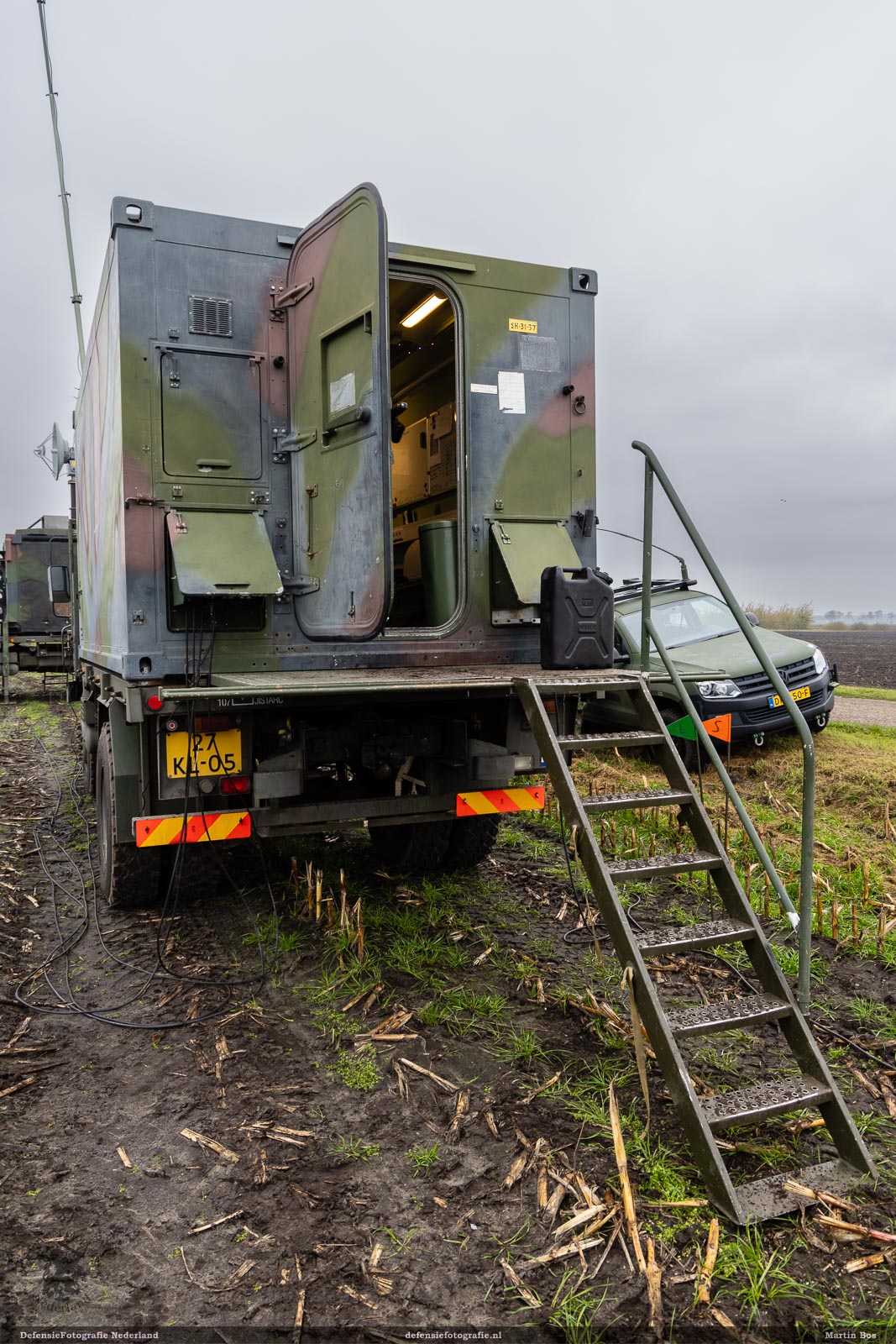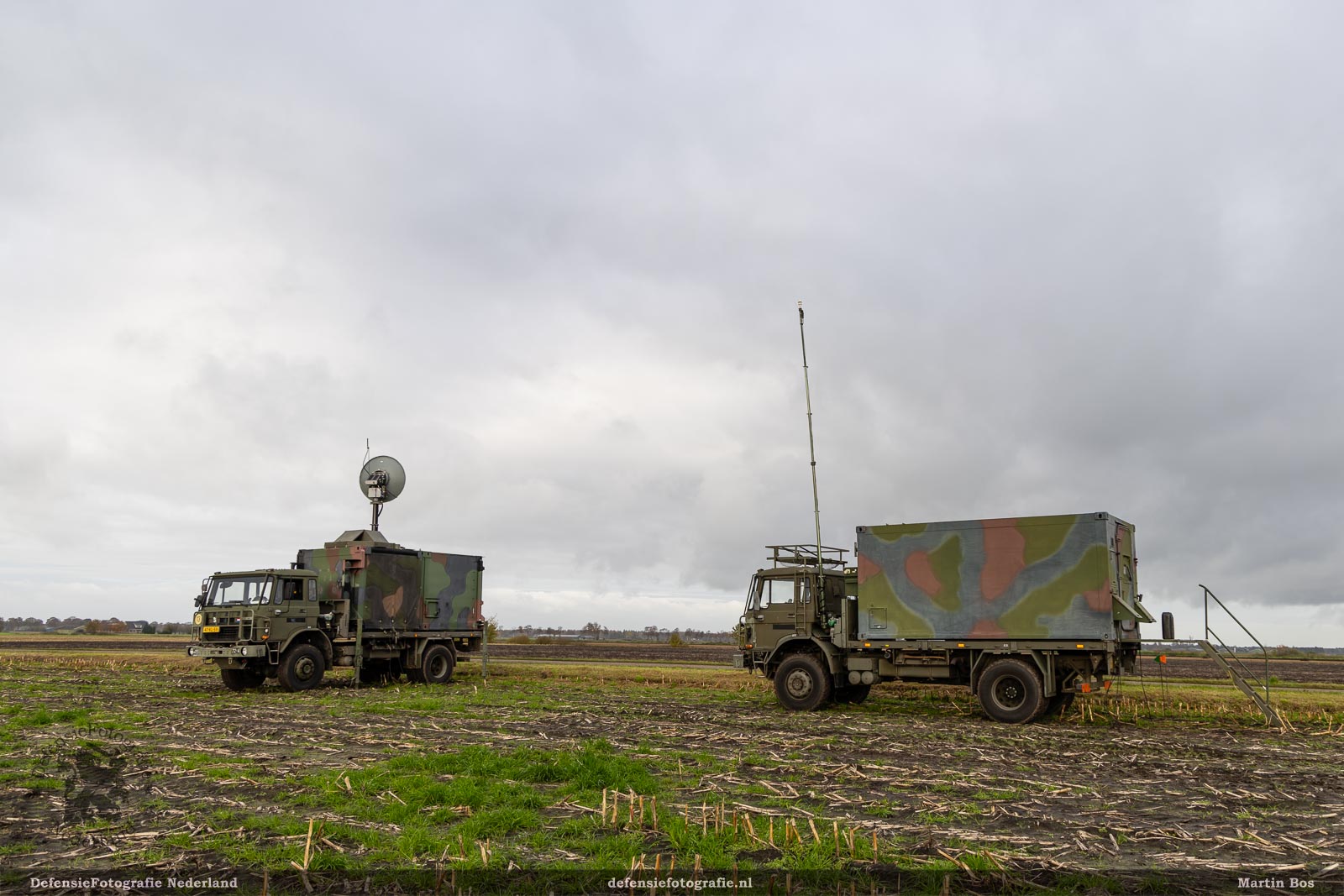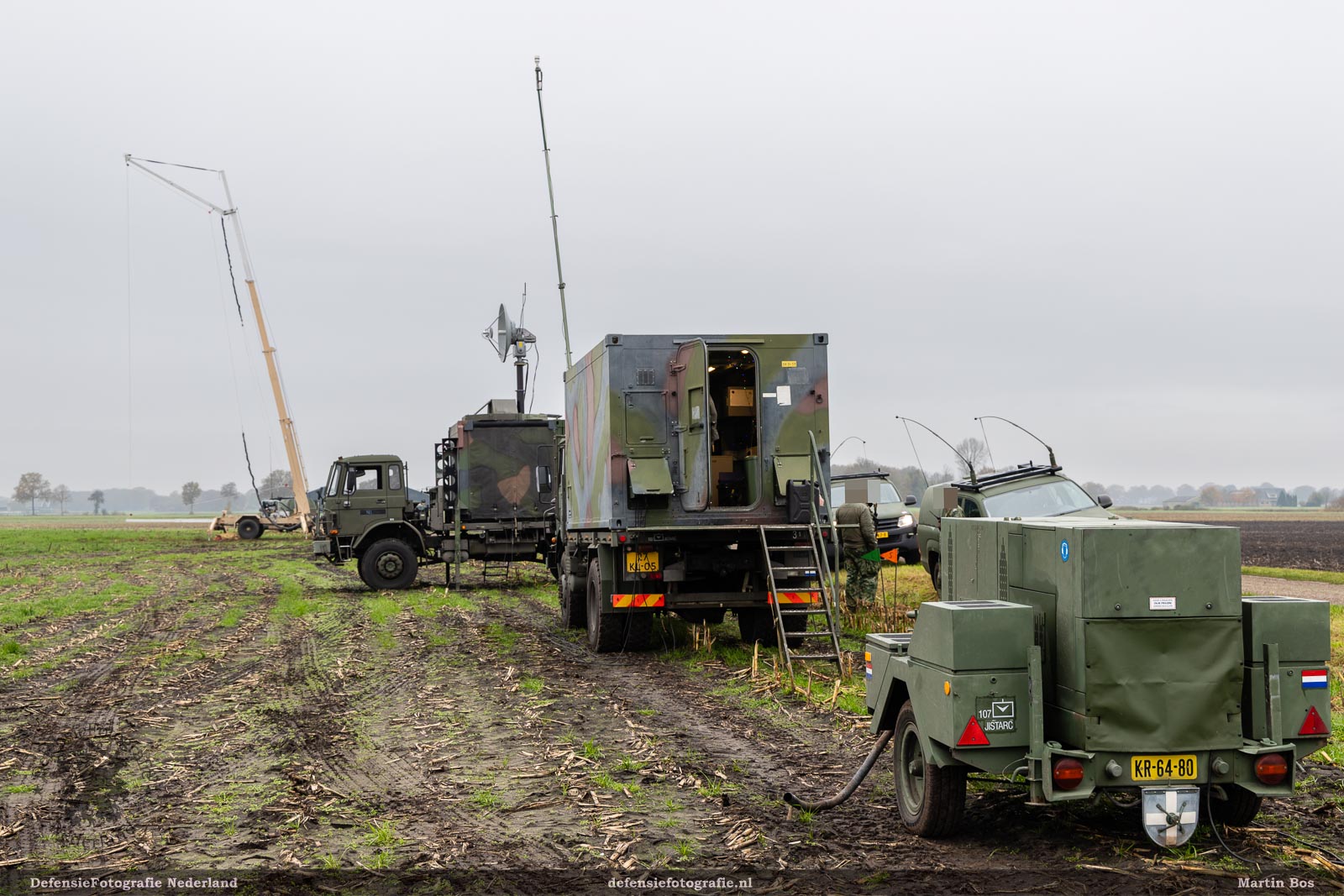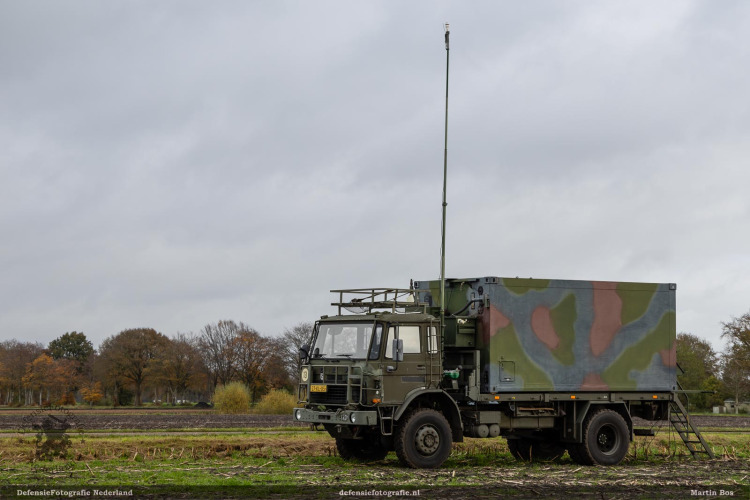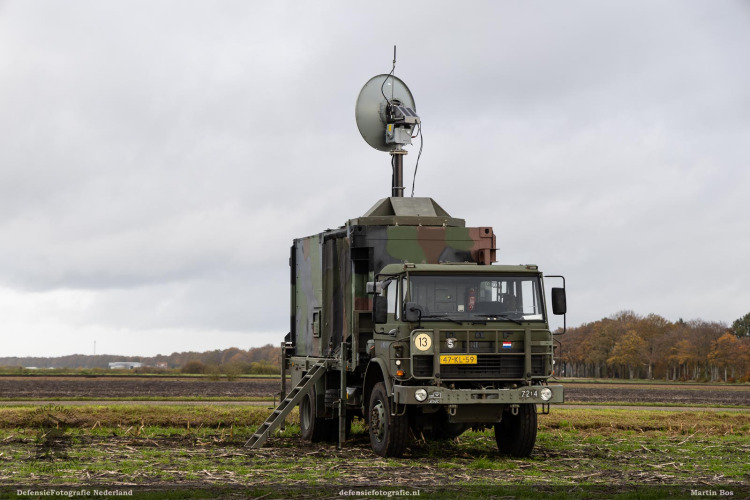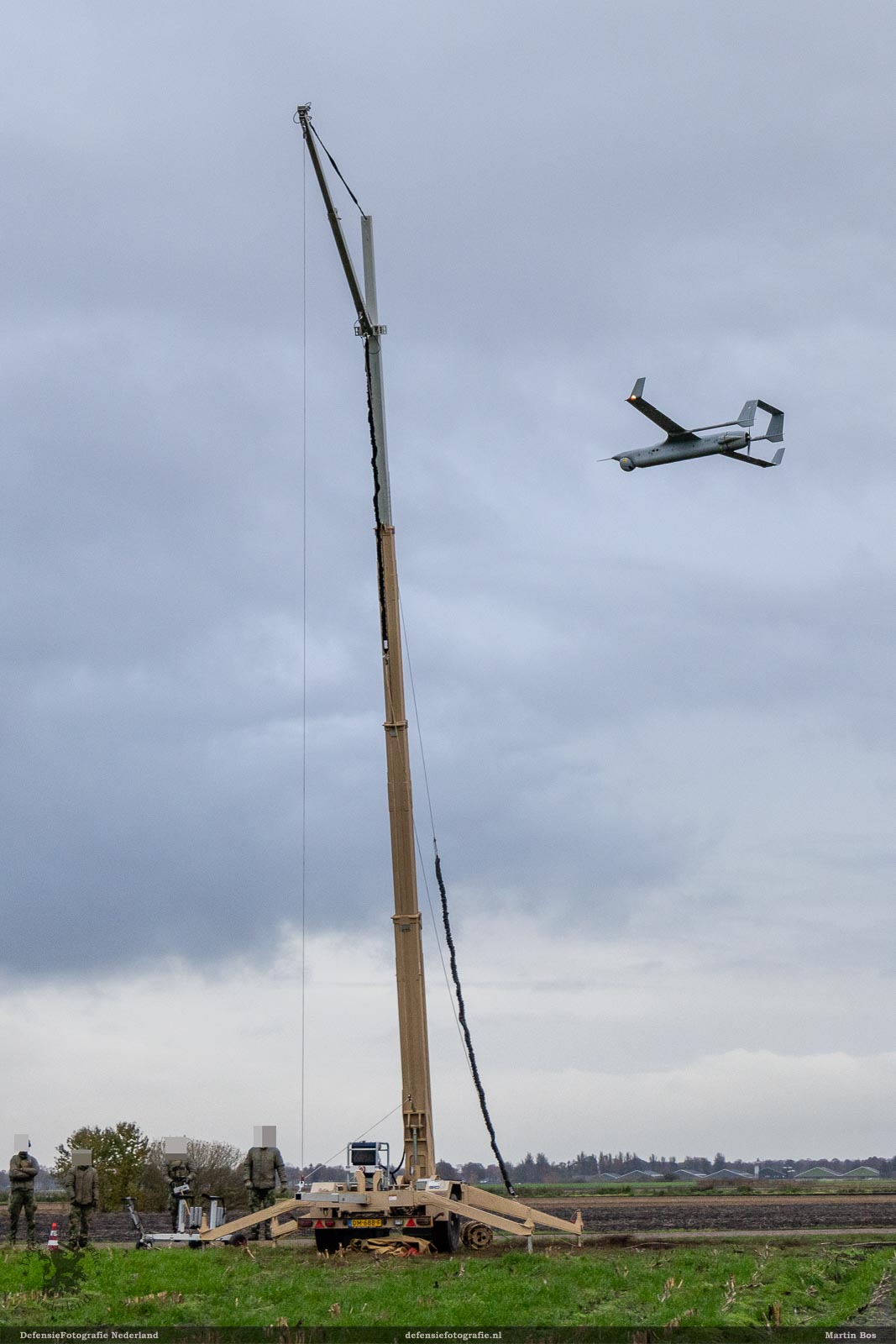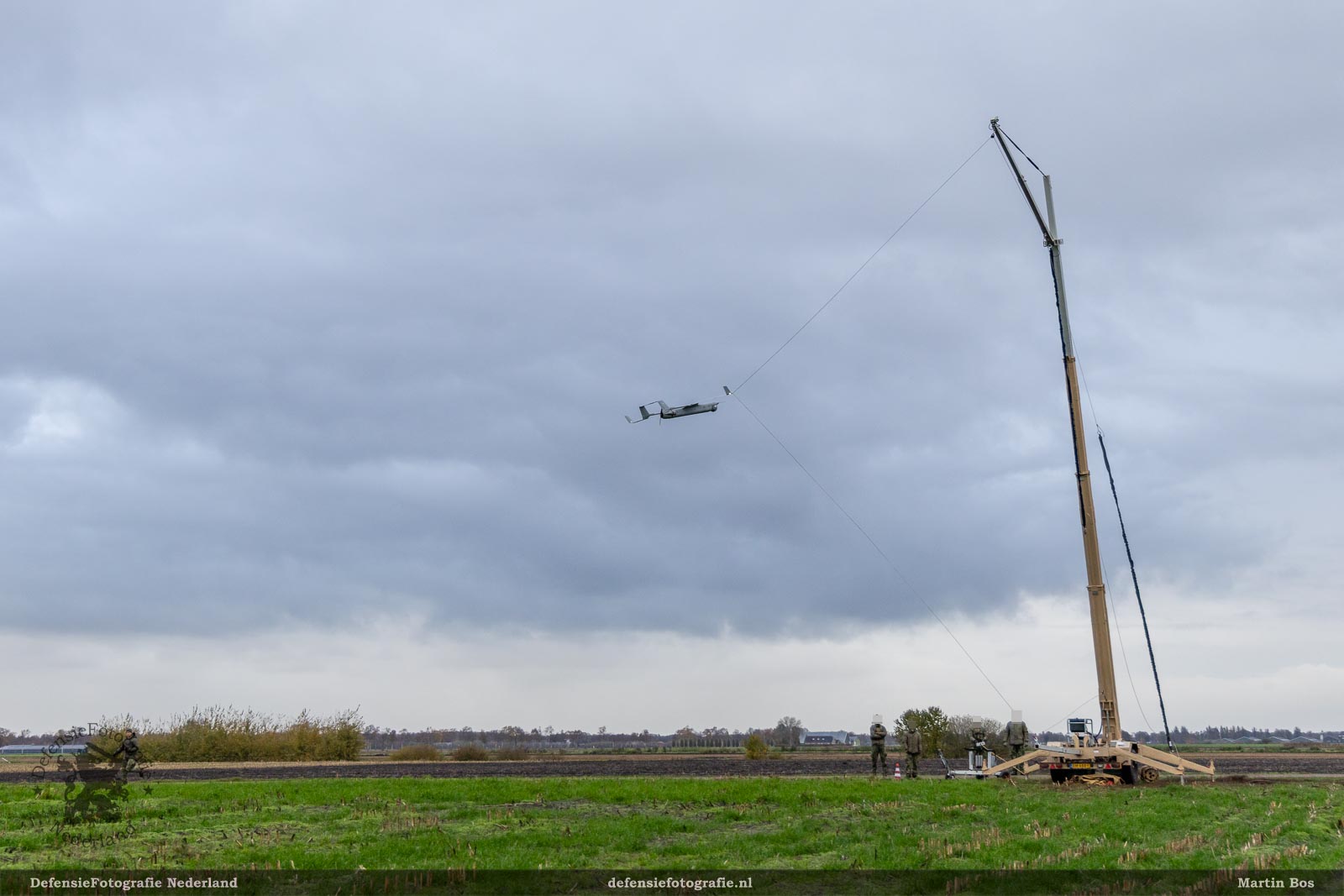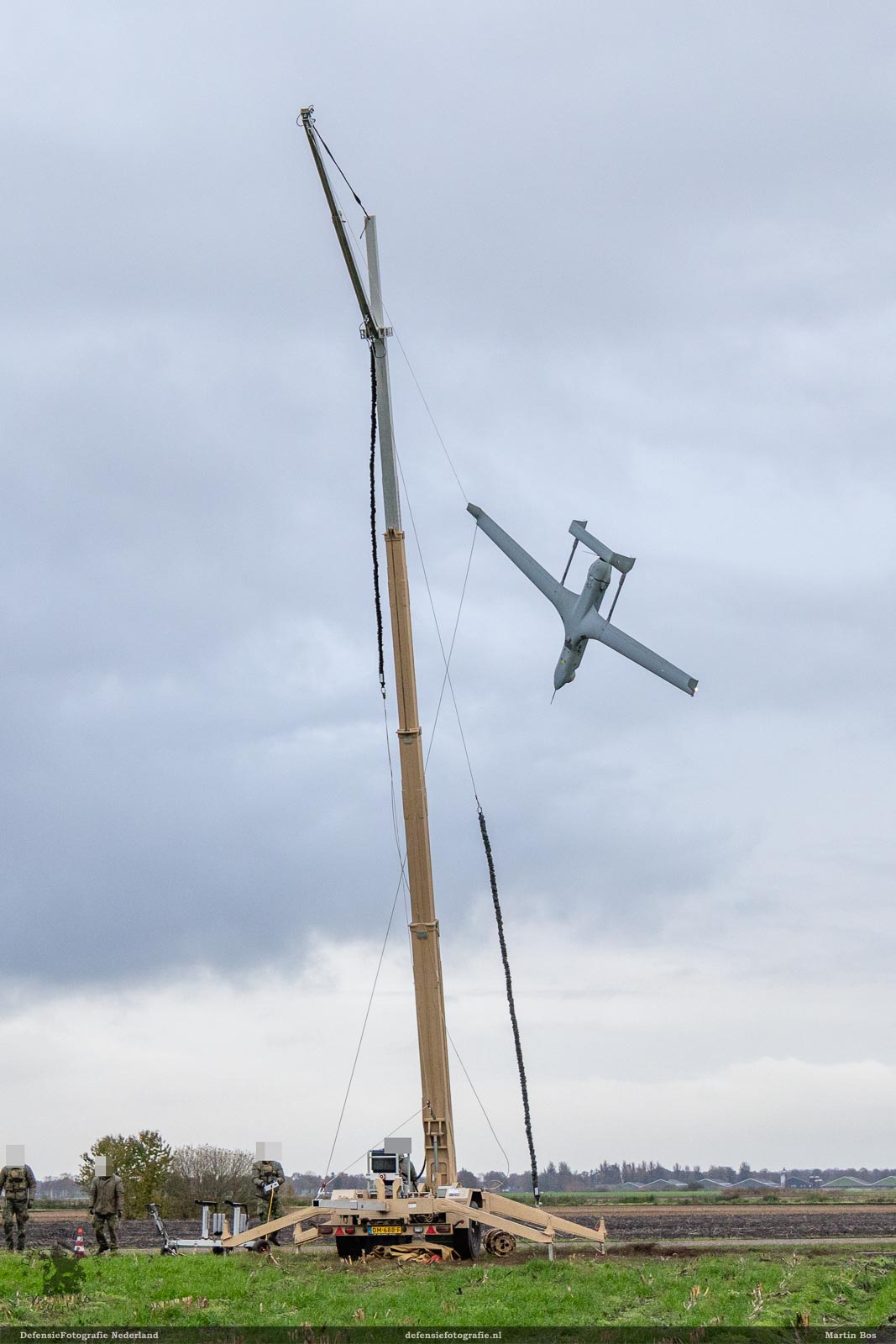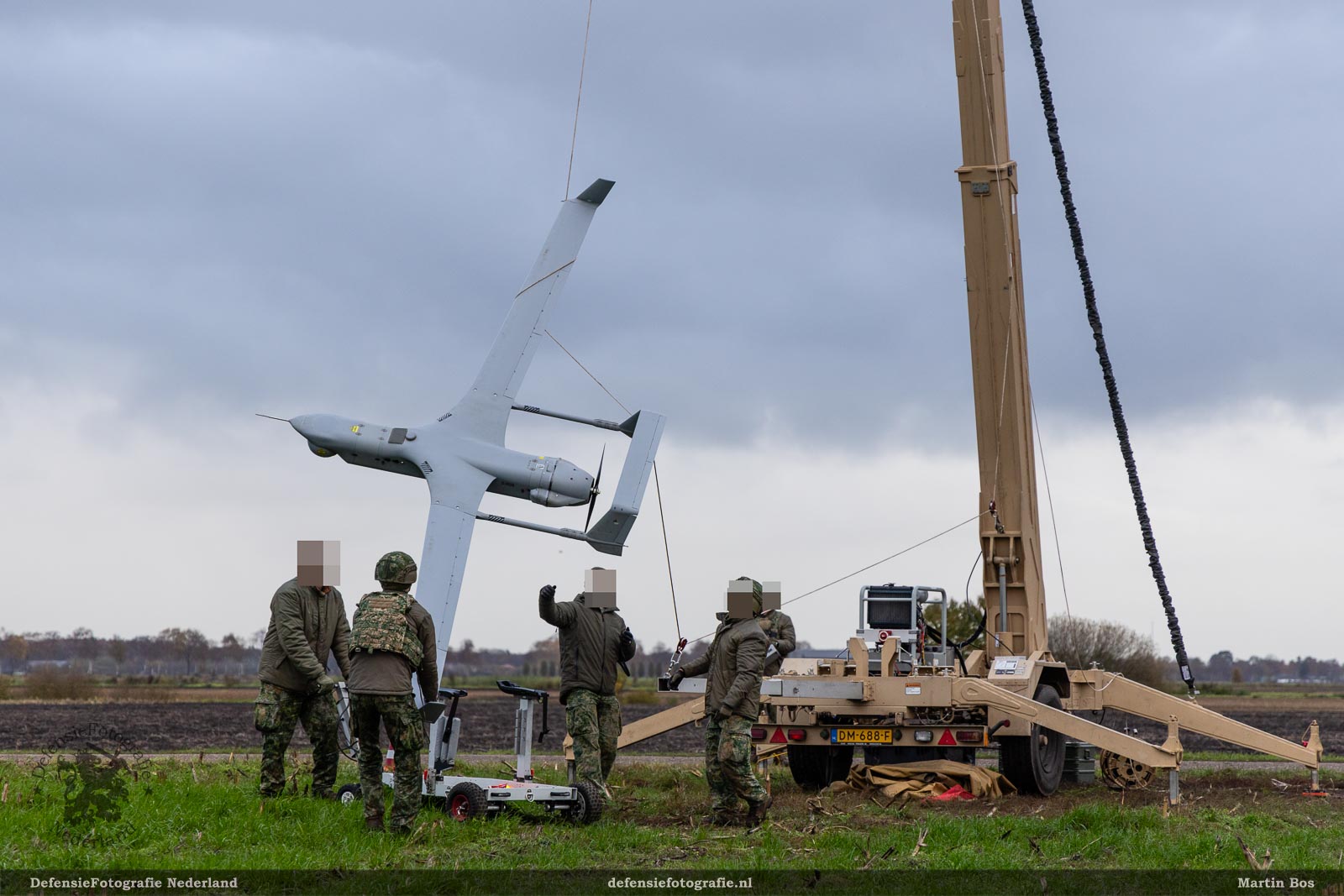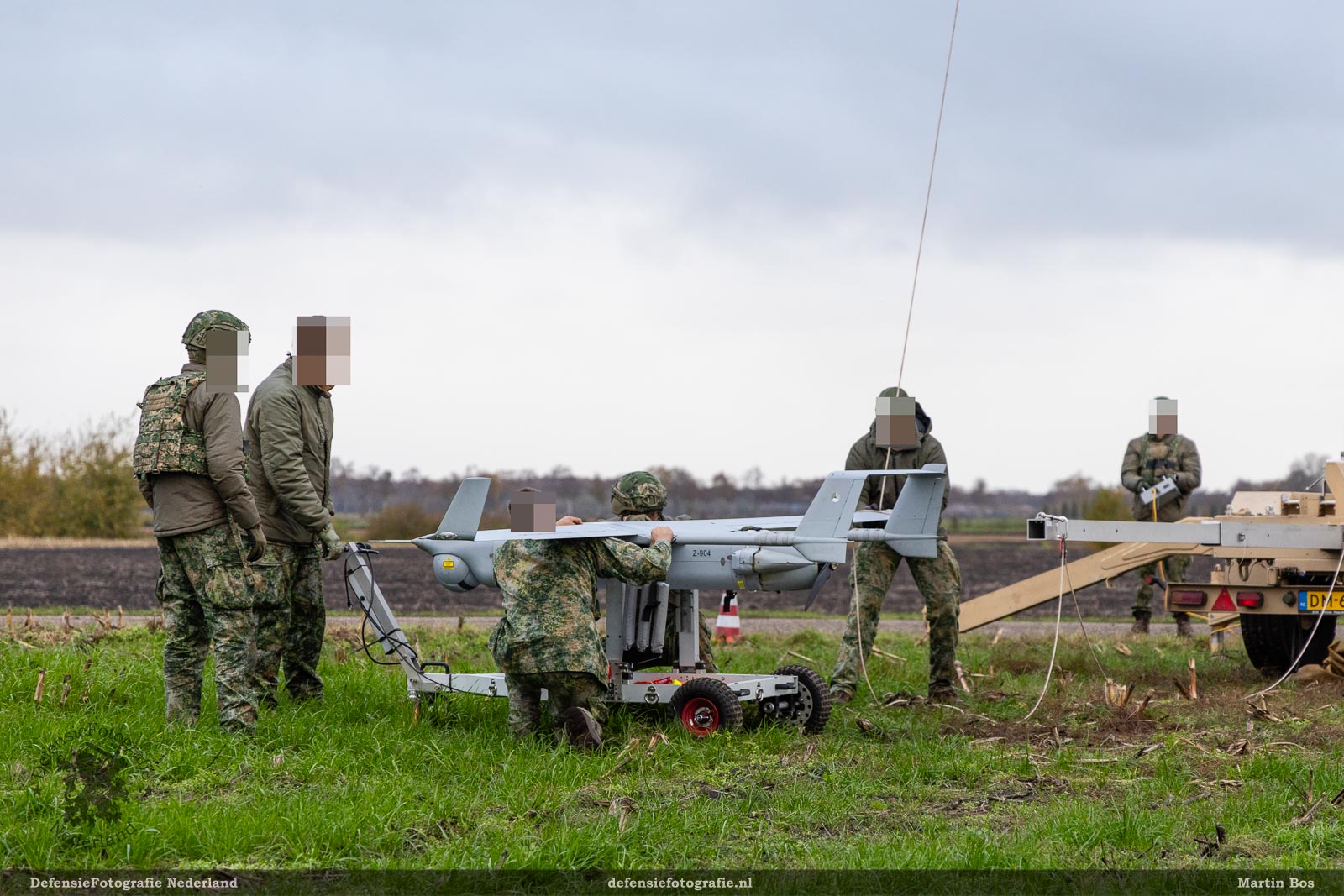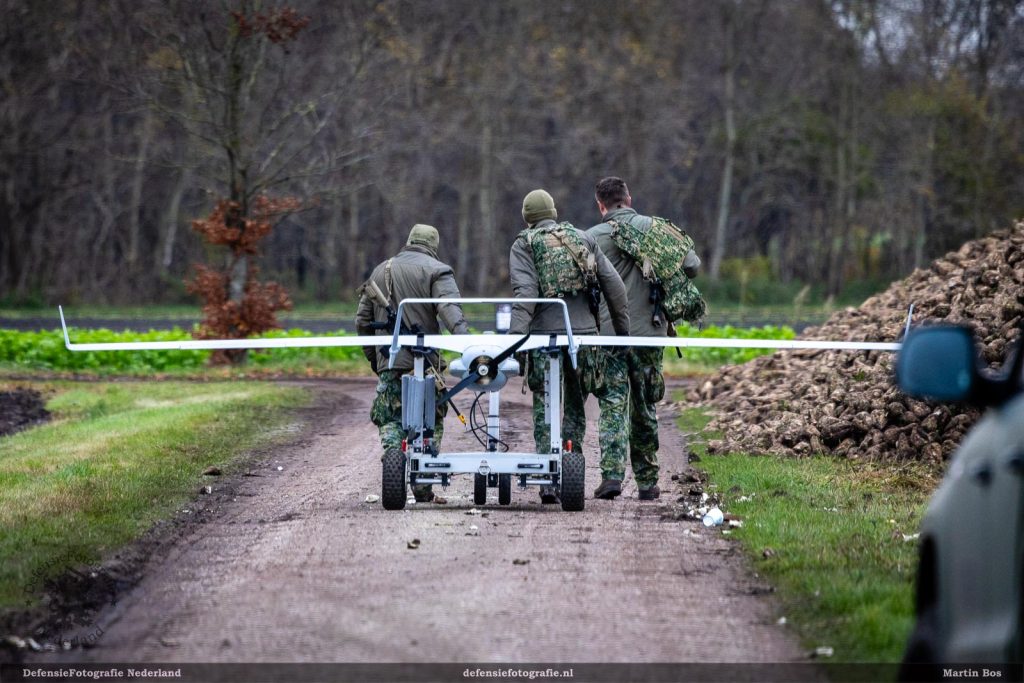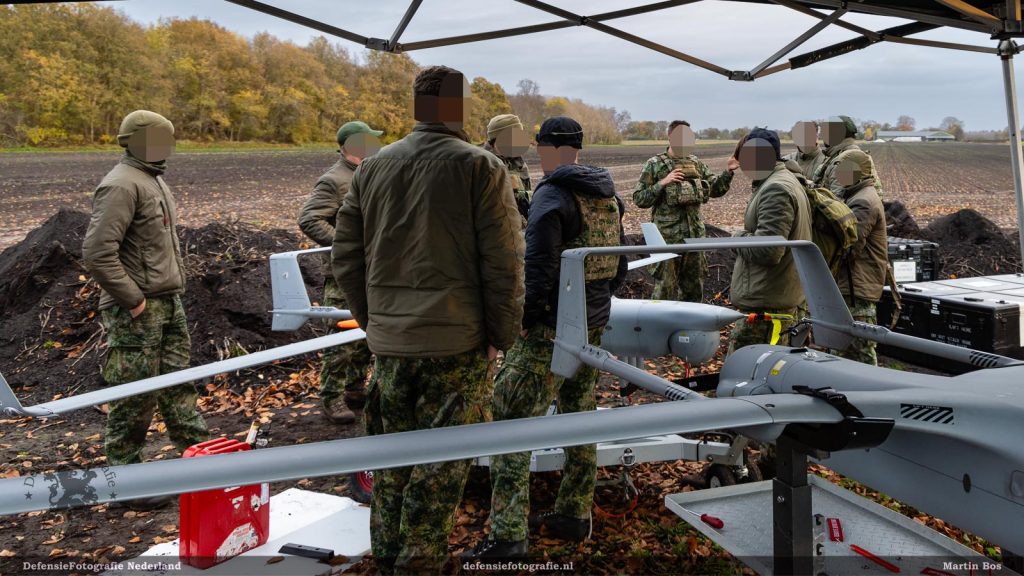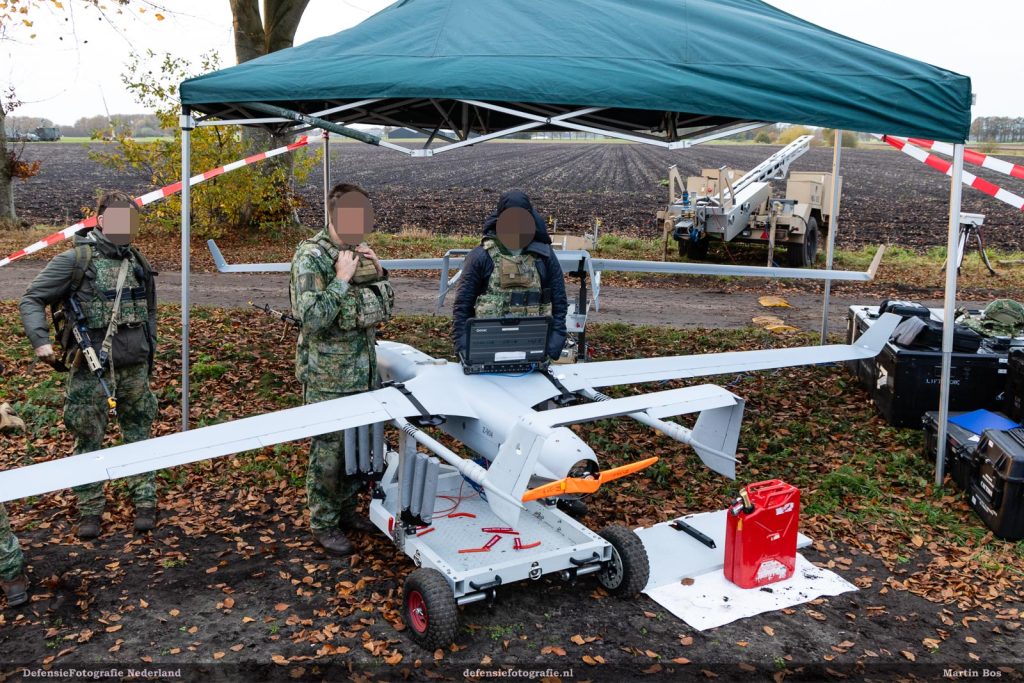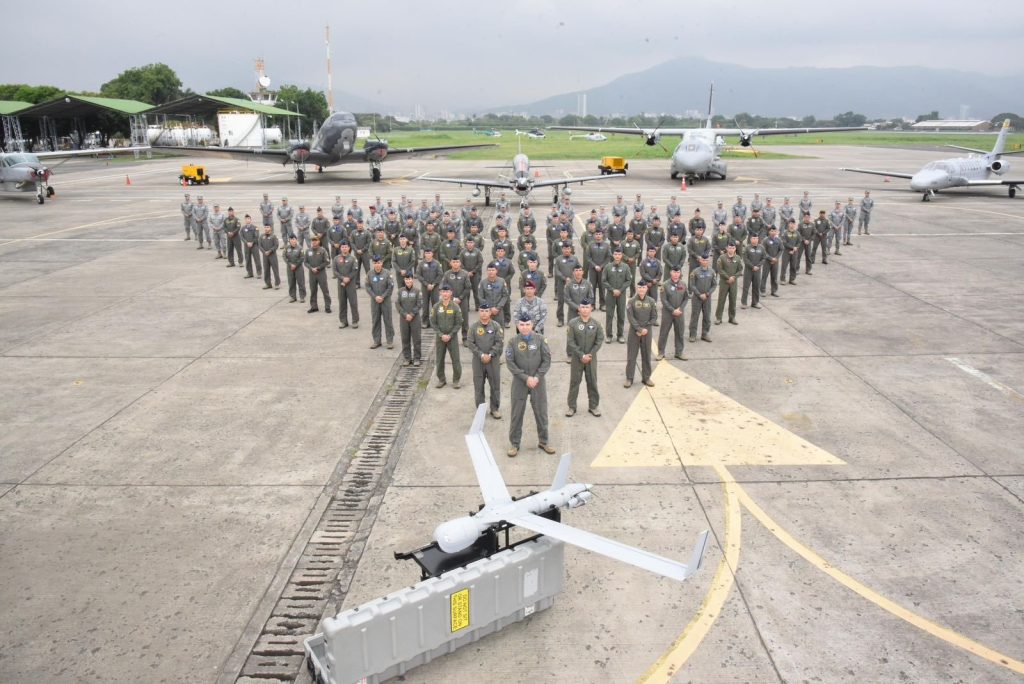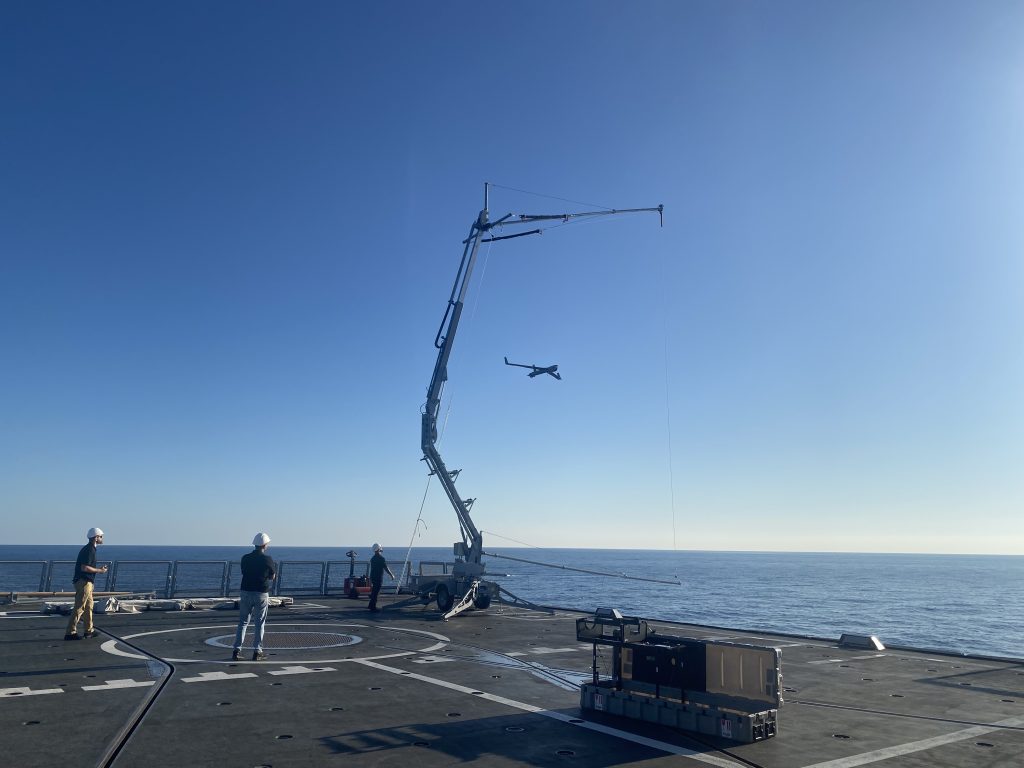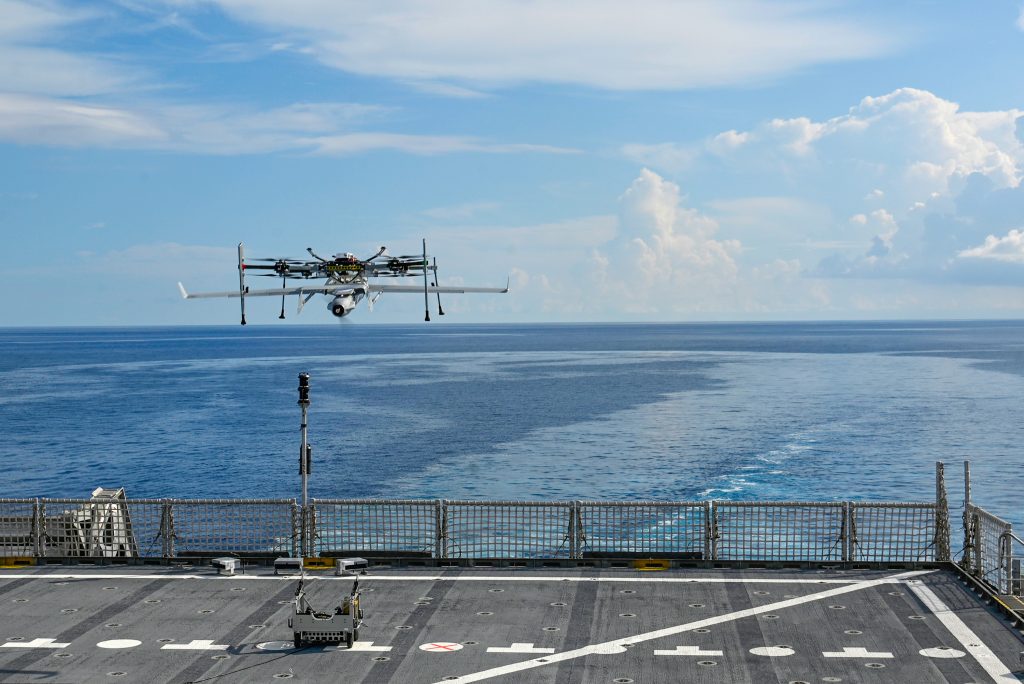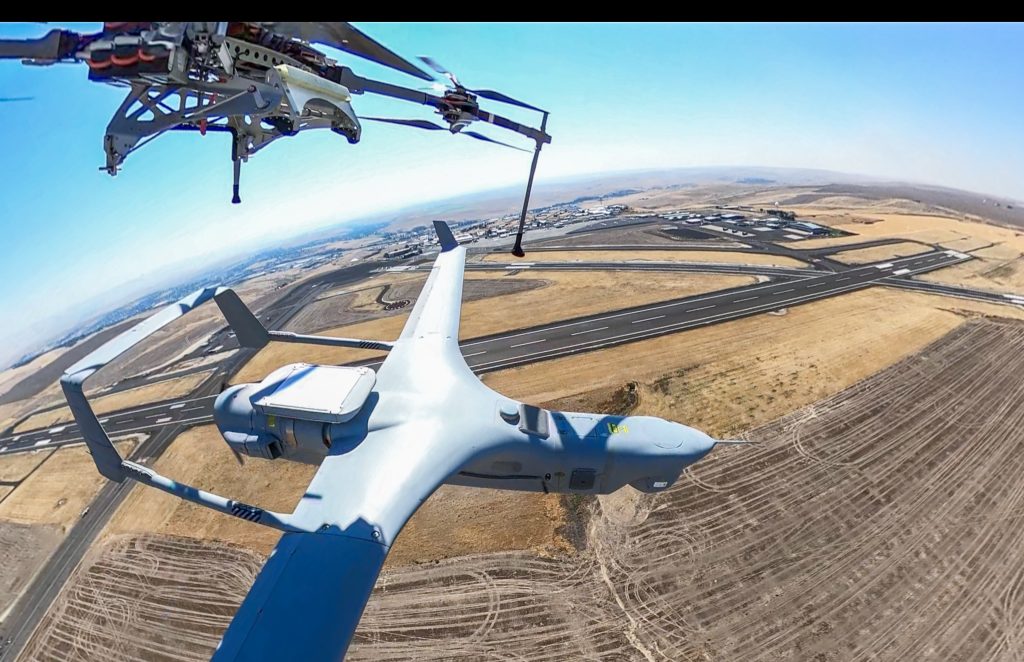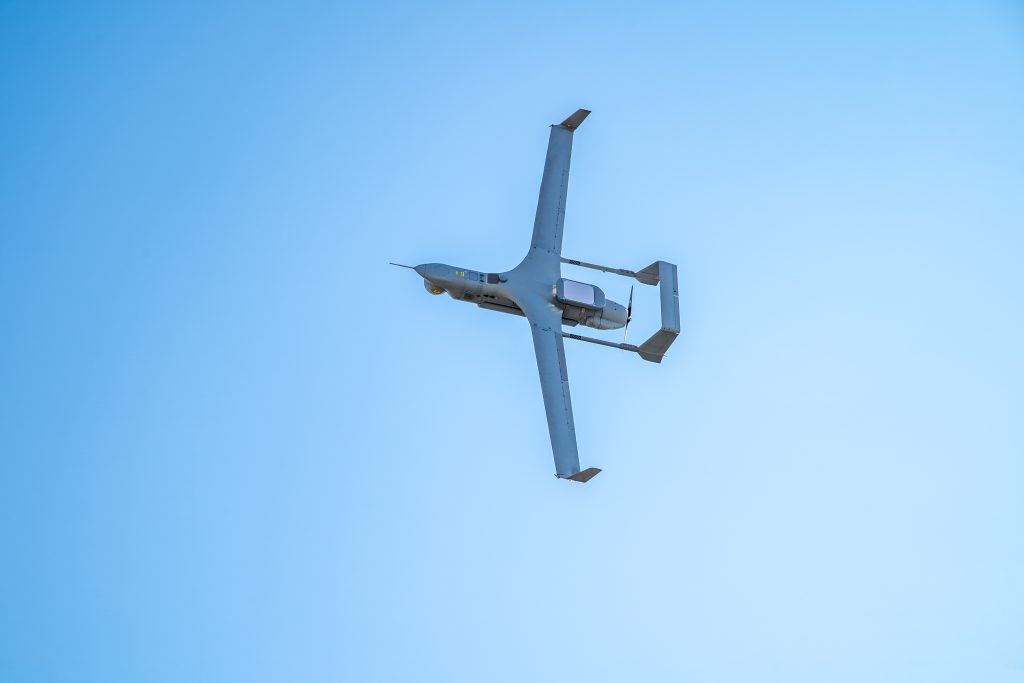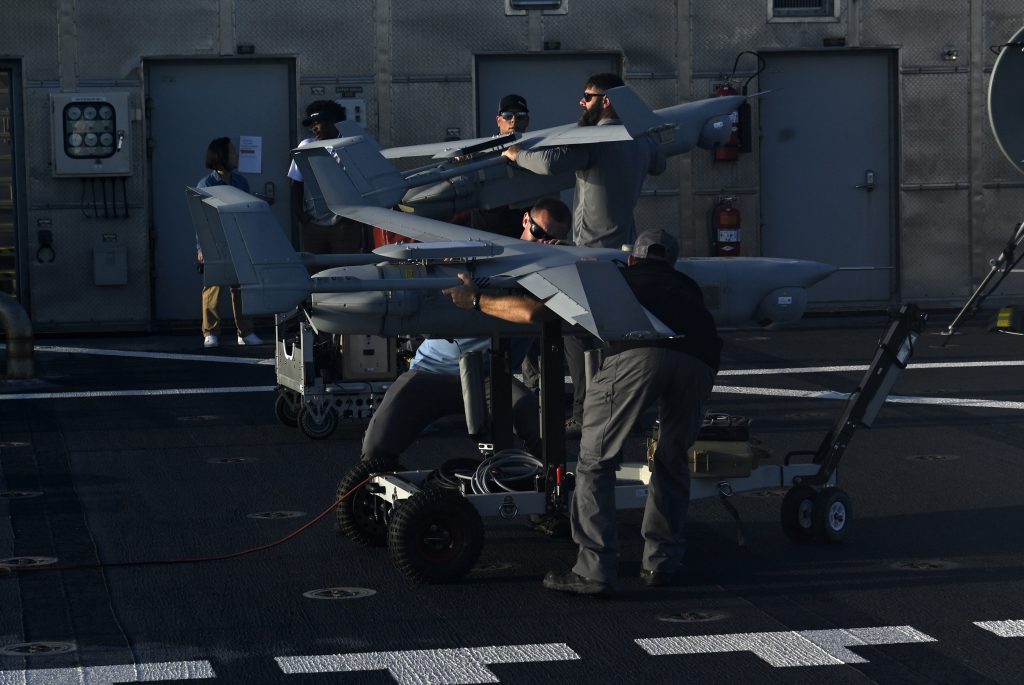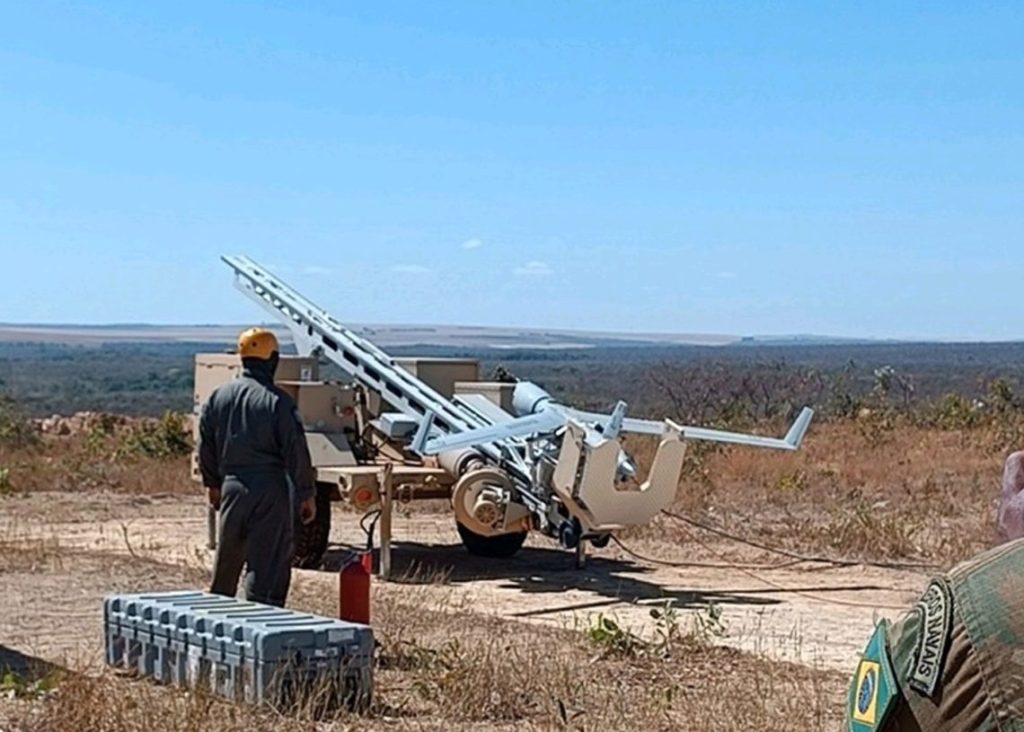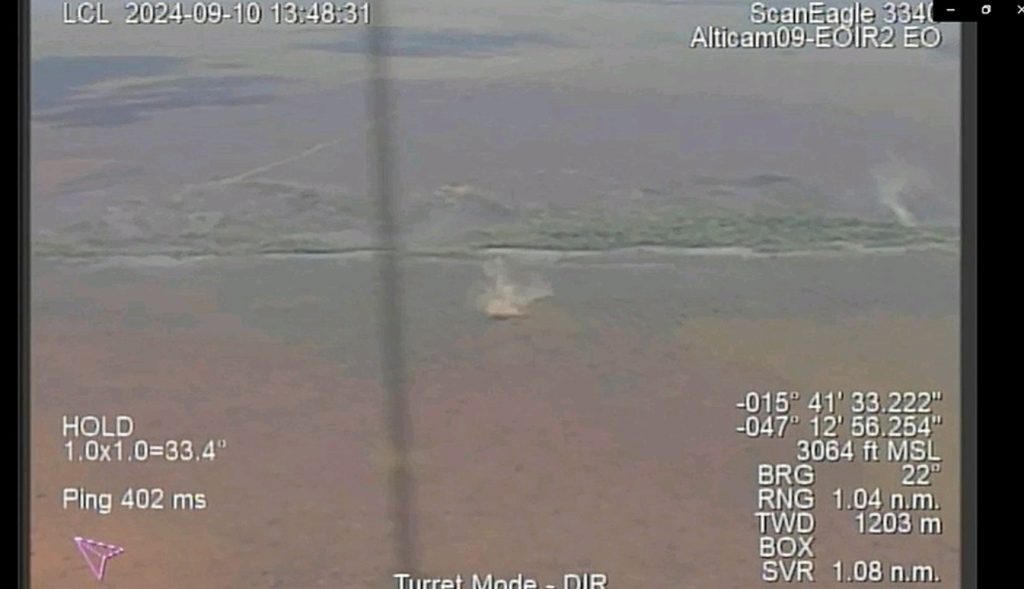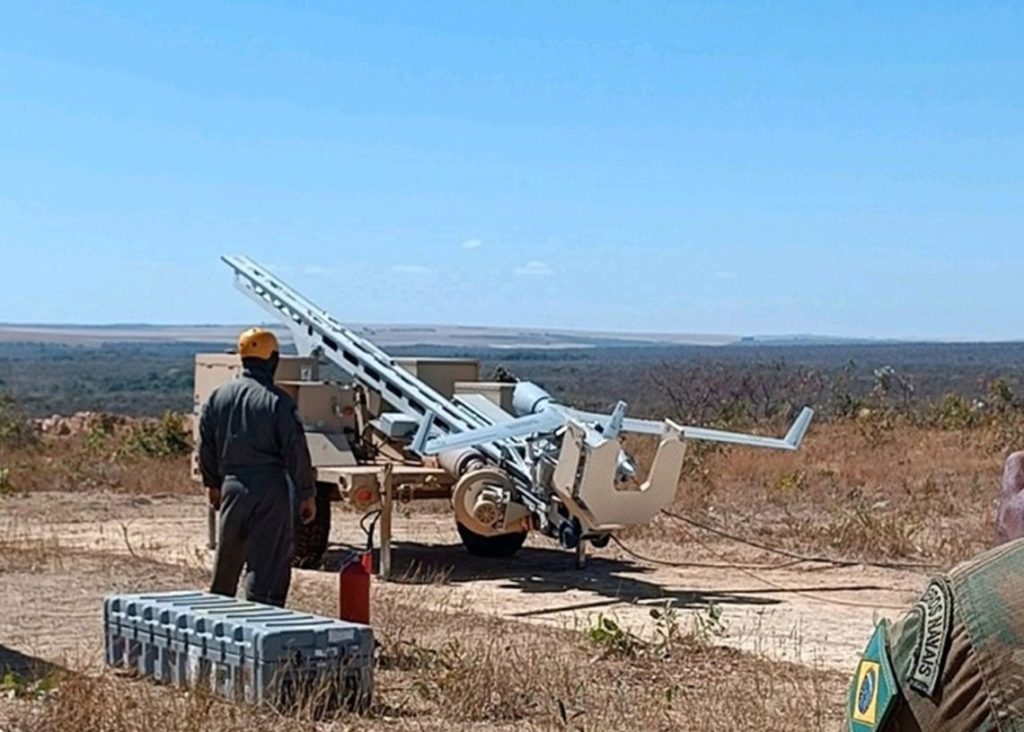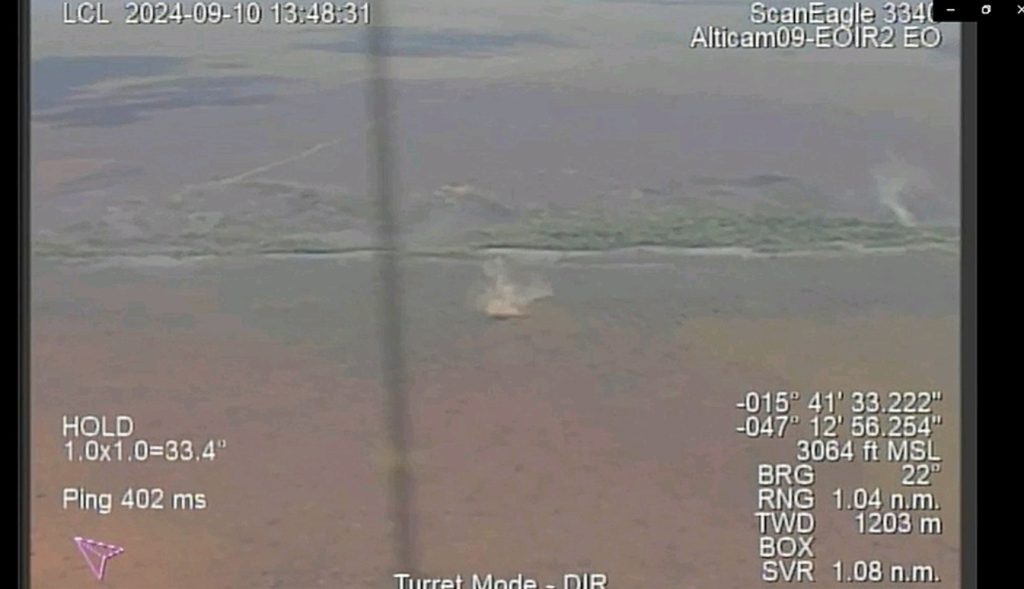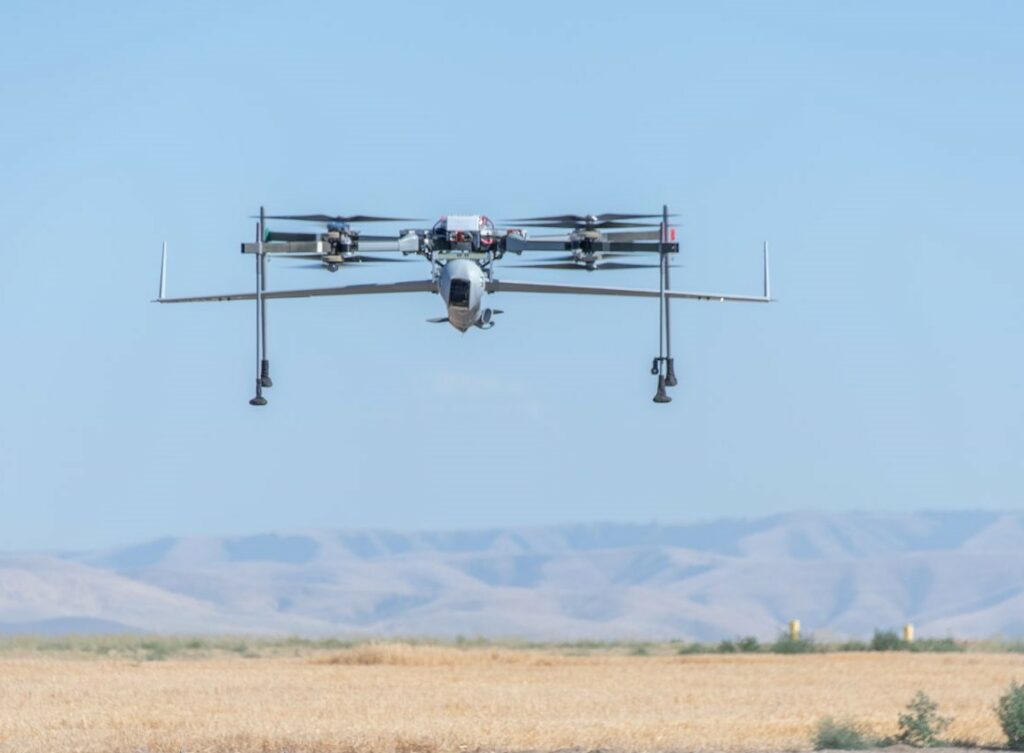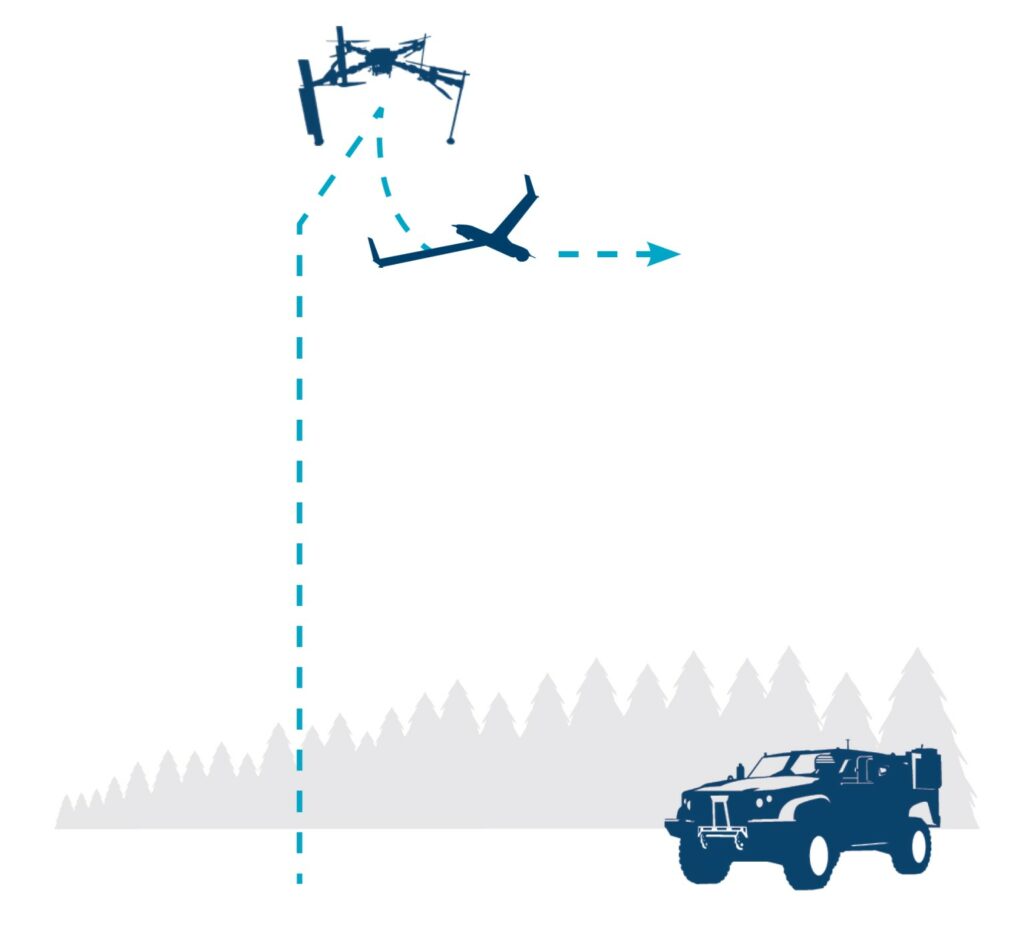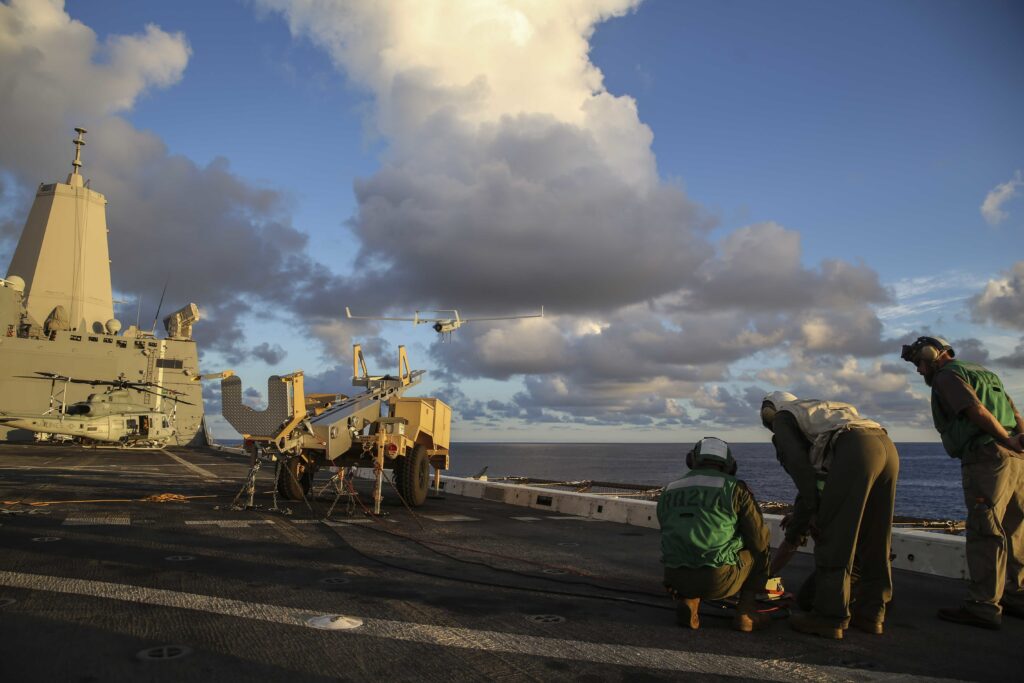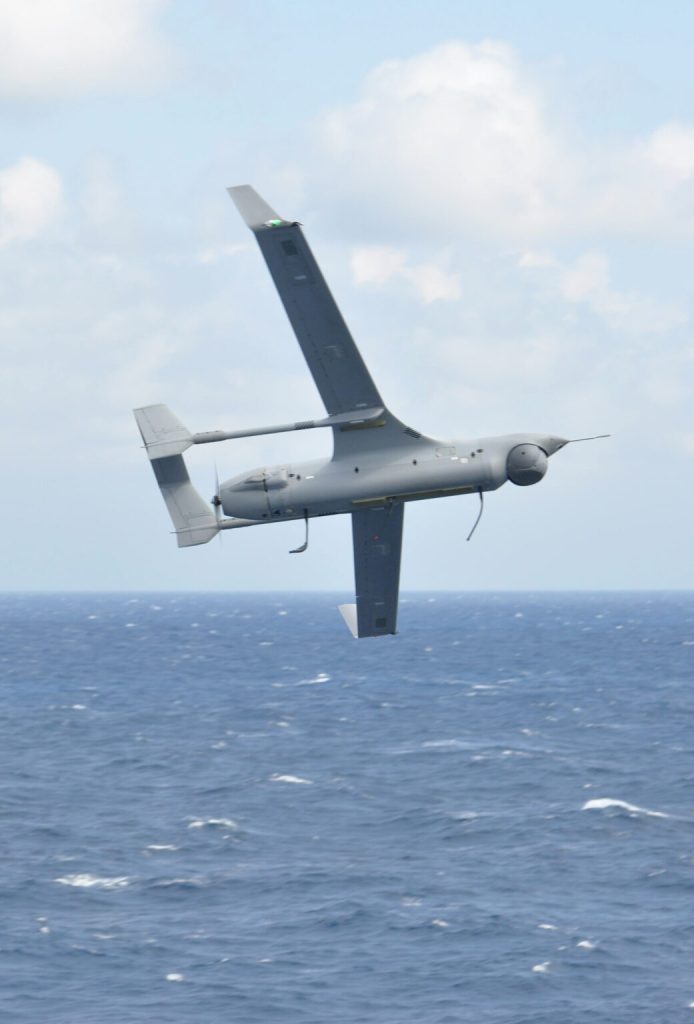ScanEagle Part of Successful Security Strategy of the Colombian Air Force for COP16
Original article here.
November 2, 2024: To ensure the successful development of the Conference of the Parties of the United Nations Framework Convention on Climate Change, COP 16, held for the first time in Colombia, in Santiago de Cali, the Colombian Air Force (FAC) implemented the _Shield Plan,_ a strategy that was added to the work of the Public Force, the local, departmental and national government to provide security to all participants of this event.
In support of this important international event focused on the fight against climate change and environmental preservation, the FAC deployed its air, space, logistics and technological capabilities, under a concept of integration of Air, Space and Cyberspace Power, for the safe development of COP 16.
The FAC had nearly 1,500 men and women from different disciplines and specialties, who were essential in the implementation of this comprehensive security plan, where with their participation it was possible to carry out 115 missions of airspace control, electromagnetic protection, mobility, recognition, surveillance, command and control. Likewise, space monitoring tasks were carried out through the Space Operations Center, SPoC, for the constant monitoring of critical points, accumulating a total of approximately 230 flight hours in manned fixed-wing aircraft, rotary wing aircraft and Remotely Piloted Aircraft, ARP.
Likewise, the anti-drone system (C-UAS) developed technologically by the FAC was used, together with the support of another system of the same type provided by the Spanish company INDRA, achieving more than 300 detections and 90 inhibitions. These operations have not only allowed for permanent and real-time monitoring of the summit activities in the green, blue and orange zones, but also offered vital support to preserve the safety of attendees and the general population.
Likewise, from the Military Air Transport Command, CATAM, located in Bogotá, more than 1,360 passengers and more than 37,550 kilograms of cargo from the National Army, the National Police and other entities have been transported by air to Cali, in support of COP 16. These actions strengthened security in the city, benefiting both locals and tourists, who gathered for this event of great international impact and which underlines Colombia’s potential as a country rich in culture and biodiversity, protected by its Public Force.
The Colombian Air Force continues to demonstrate its commitment and leadership in protecting the environment and national security, standing out as a key player in the success of COP16 and in strengthening Colombia as a leading nation in biodiversity and environmental responsibility with the capacity to lead global events that foster the socioeconomic growth of our country.AuthorCACOM 7 and EMAVI Public Communications Office
Original article in Spanish (translated to English via Google Translate)
Exitosa estrategia de seguridad de la Fuerza Aérea Colombiana para la COP16
02 de Noviembre de 2024: Para garantizar el desarrollo exitoso de la Conferencia de las Partes de la Convención Marco de las Naciones Unidas sobre el Cambio Climático, COP 16, realizada por primera vez en Colombia, en Santiago de Cali, su Fuerza Aérea Colombiana (FAC) implementó el _Plan Escudo,_ una estrategia que se sumó al trabajo de la Fuerza Pública, el gobierno local, departamental y nacional para brindar seguridad a todos los participantes de este evento.
Es así como en apoyo a este importante evento internacional centrado en la lucha contra el cambio climático y la preservación ambiental, la FAC desplegó sus capacidades aéreas, espaciales, logísticas y tecnológicas, bajo un concepto de integración del Poder Aéreo, Espacial y Ciberespacial, para el desarrollo seguro de la COP 16.
La FAC contó con cerca de 1.500 hombres y mujeres de distintas disciplinas y especialidades, quienes fueron esenciales en la implementación de este plan de seguridad integral, donde con su participación se hizo posible la realización de 115 misiones de control del espacio aéreo, protección electromagnética, movilidad, reconocimiento, vigilancia, mando y control. Así mismo se adelantaron labores de monitoreo espacial a través del Centro de Operaciones Espaciales, SPoC, para el seguimiento constante de puntos críticos, acumulando un total aproximado de 230 horas de vuelo en aeronaves tripuladas de ala fija, ala rotatoria y Aeronaves Remotamente Pilotadas, ARP.
De igual manera, se dispuso del sistema anti-drones (C-UAS, por sus siglas en inglés) desarrollado tecnológicamente por la FAC, sumado al apoyo de otro sistema del mismo tipo provisto por la compañía española INDRA, logrando más de 300 detecciones y 90 inhibiciones. Estas operaciones no sólo han permitido monitorear de manera permanente y en tiempo real, las actividades de la cumbre en las zonas verde, azul, naranja, sino también ofrecer soporte vital para preservar la seguridad de los asistentes y la población en general.
Así mismo, desde el Comando Aéreo de Transporte Militar, CATAM, ubicado en Bogotá, se ha realizado el traslado aéreo de más de 1.360 pasajeros y más de 37.550 kilogramos de carga del Ejército Nacional, la Policía Nacional y otras entidades, hacia Cali, en apoyo a la COP 16. Estas acciones fortalecieron la seguridad en la ciudad, beneficiando tanto a propios y turistas, que se congregaron para este evento de gran impacto internacional y que subraya el potencial de Colombia como un país rico en cultura y biodiversidad, protegido por su Fuerza Pública.
La Fuerza Aérea Colombiana sigue demostrando su compromiso y liderazgo en la protección del medio ambiente y la seguridad nacional, destacándose como una pieza clave en el éxito de la COP16 y en el fortalecimiento de Colombia como una nación referente en biodiversidad y responsabilidad ambiental con la capacidad de liderar eventos globales que fomenten el crecimiento socioeconómico de nuestro país.
Autor: Oficina Comunicaciones Públicas CACOM 7 y EMAVI
